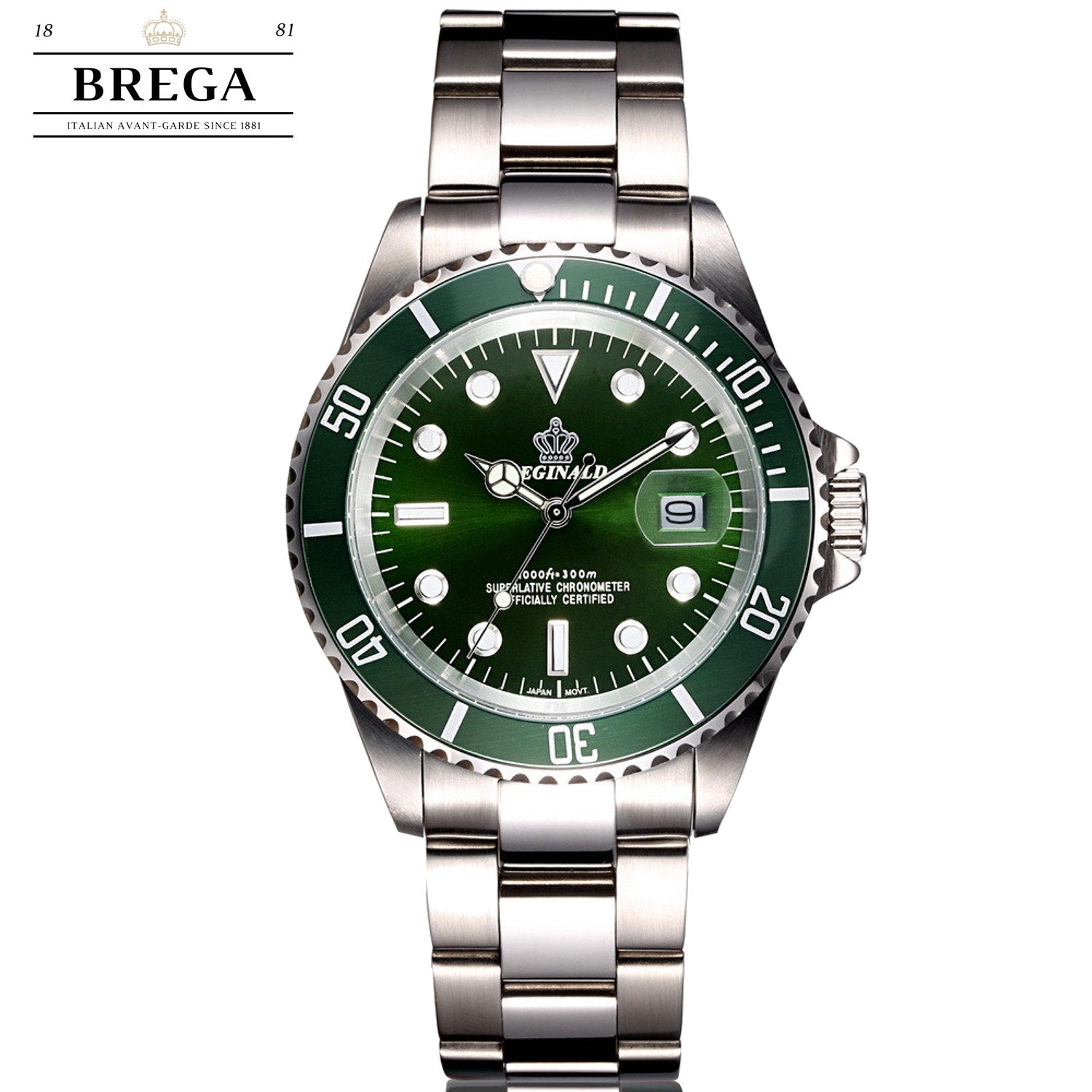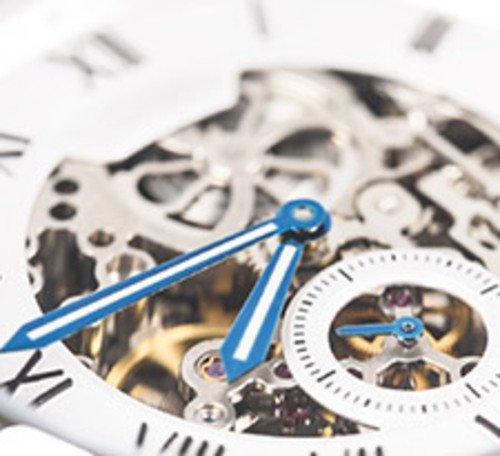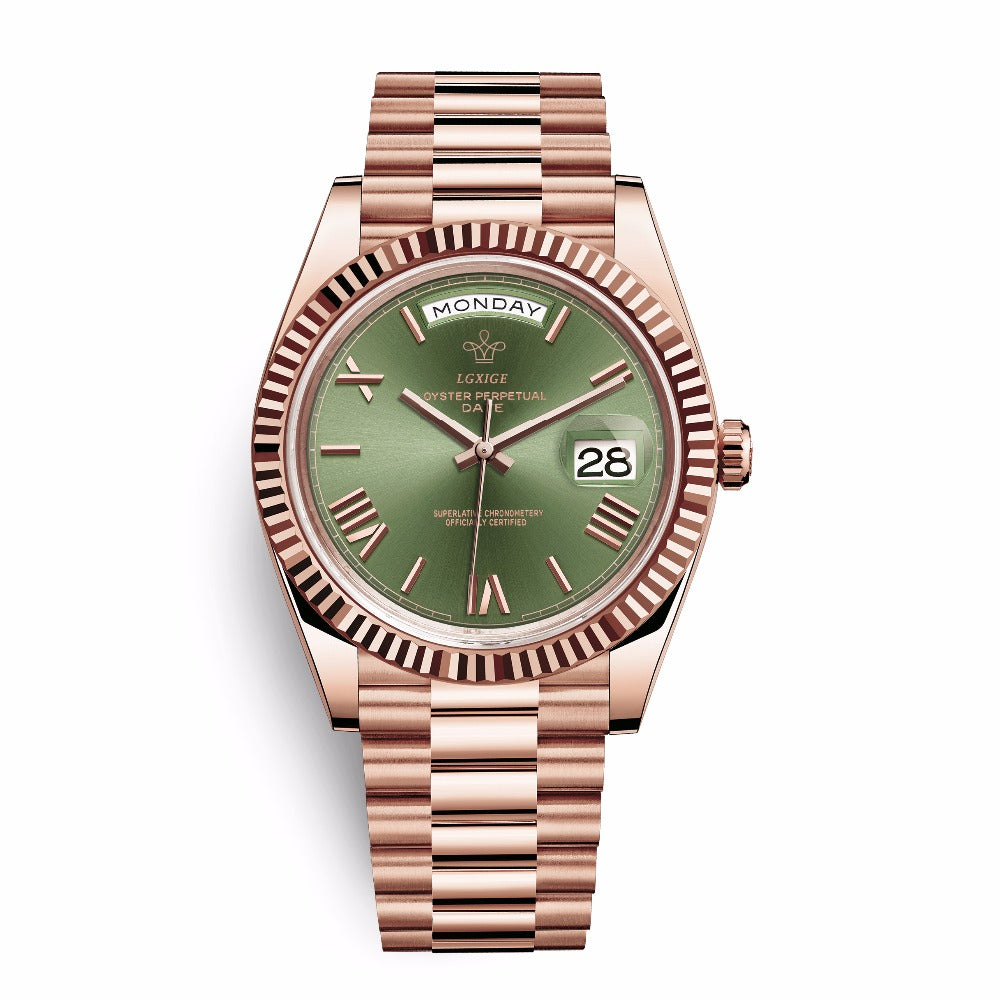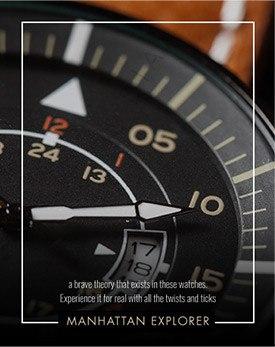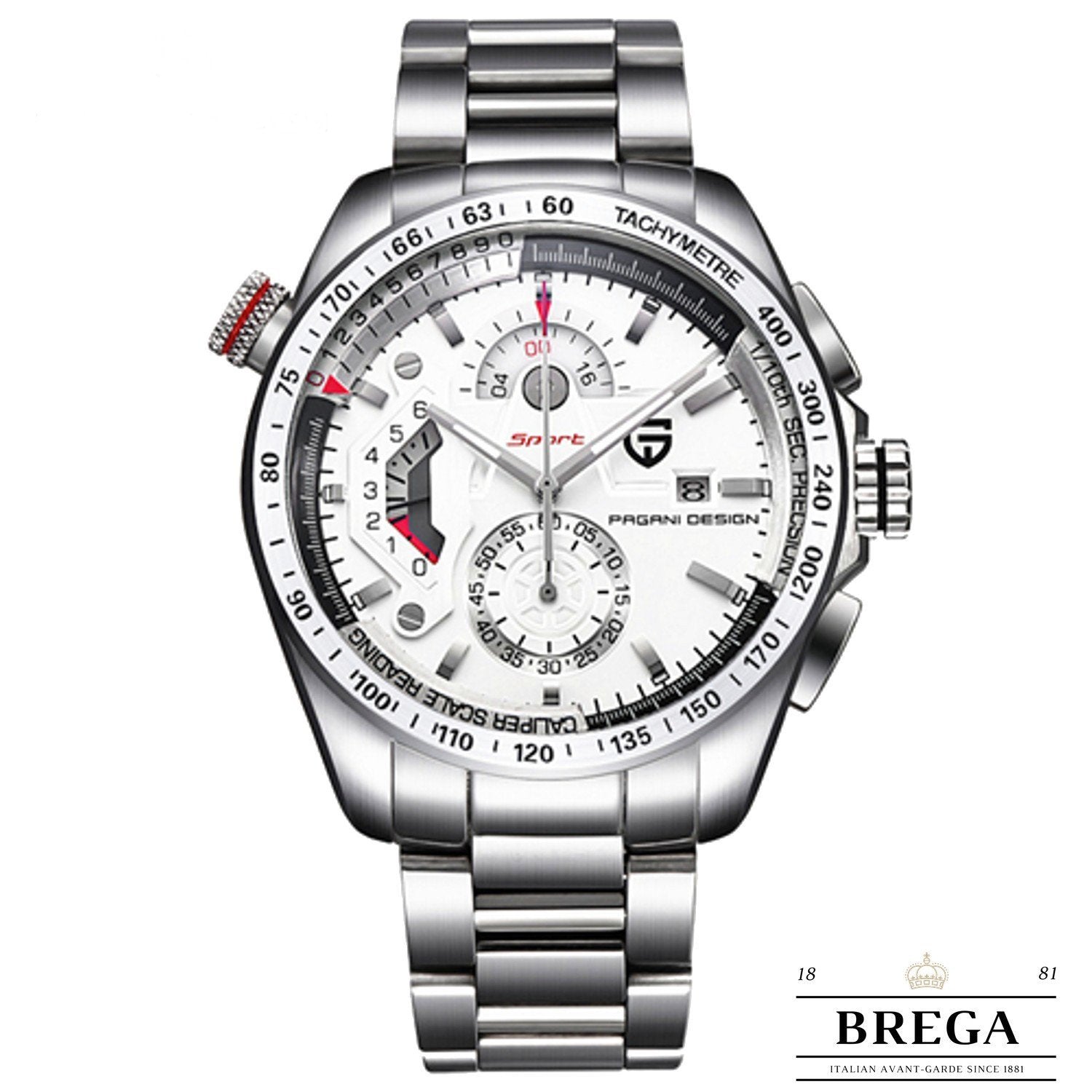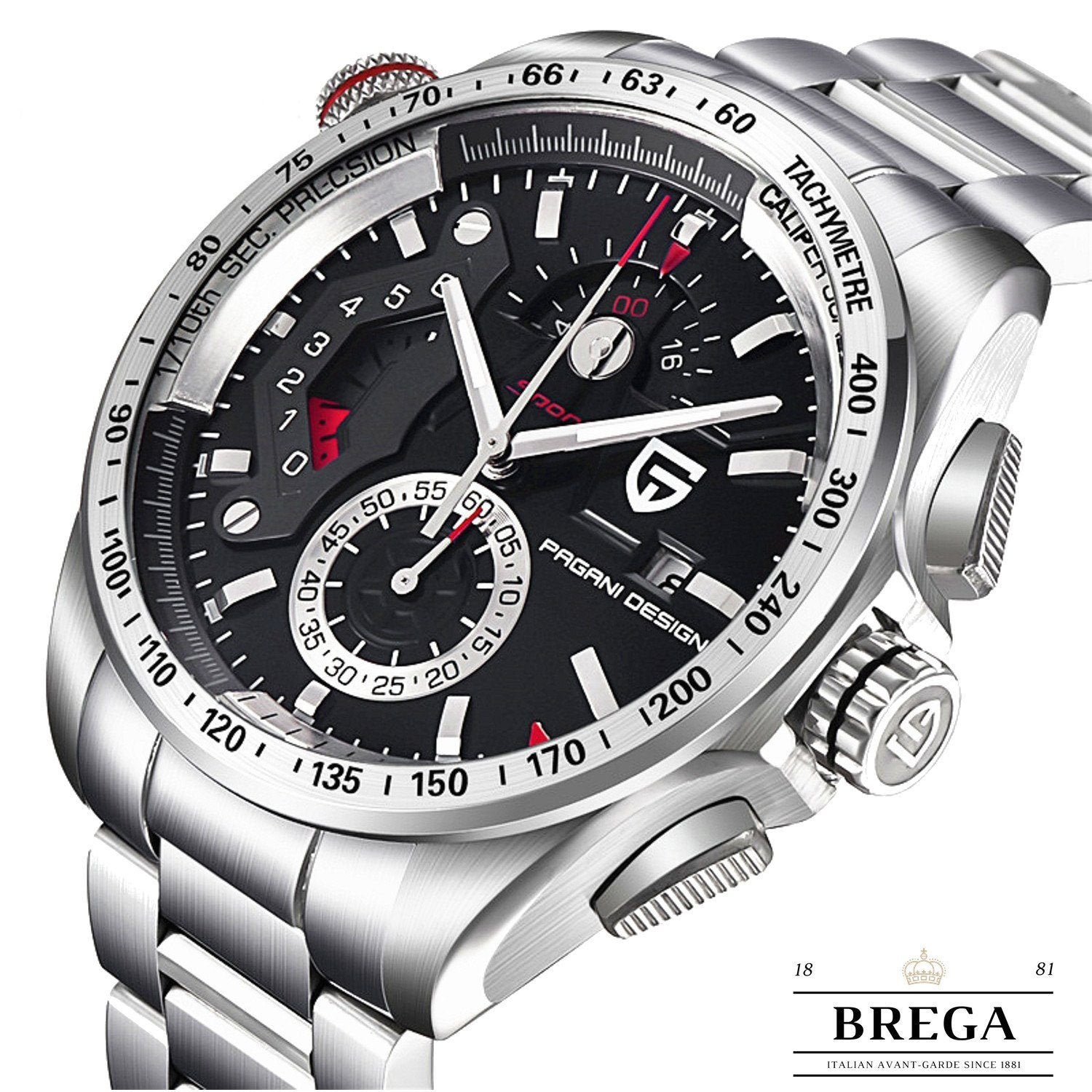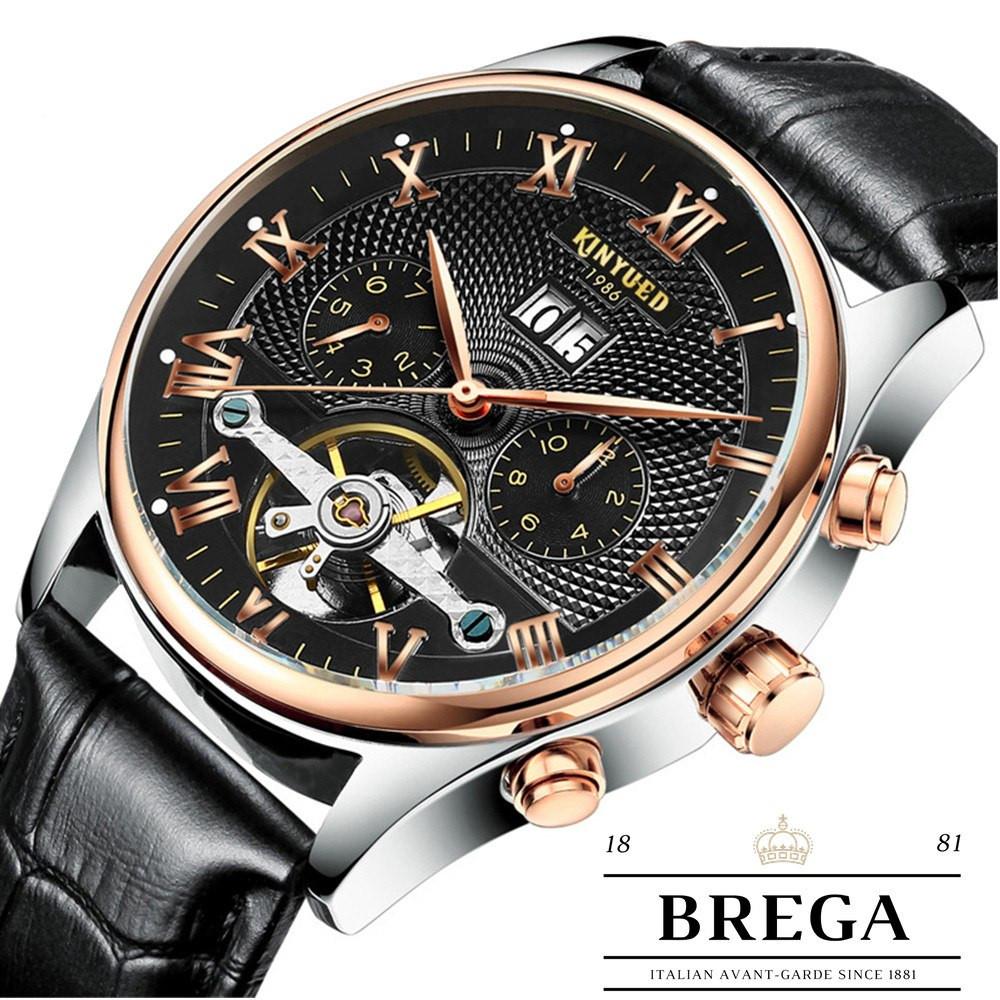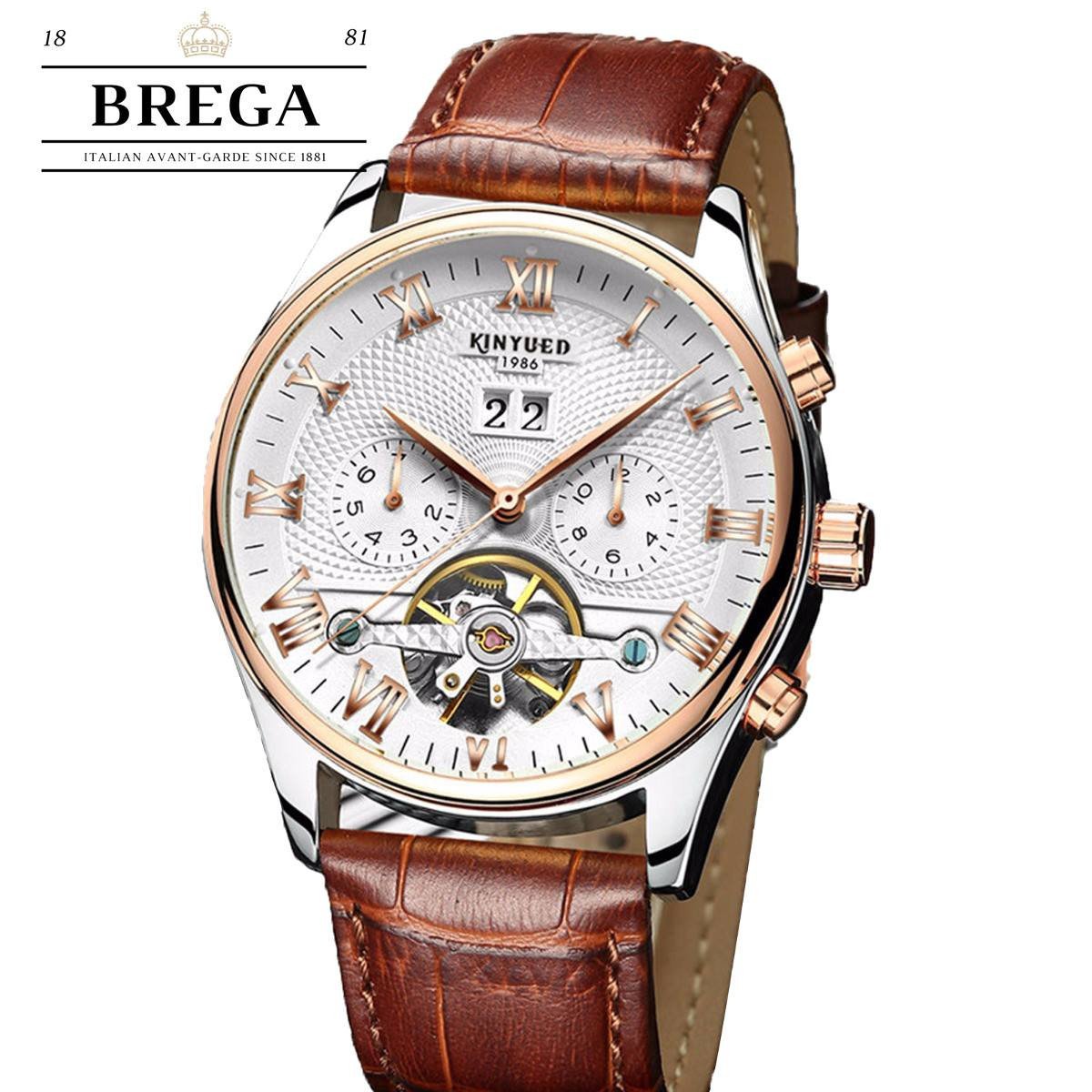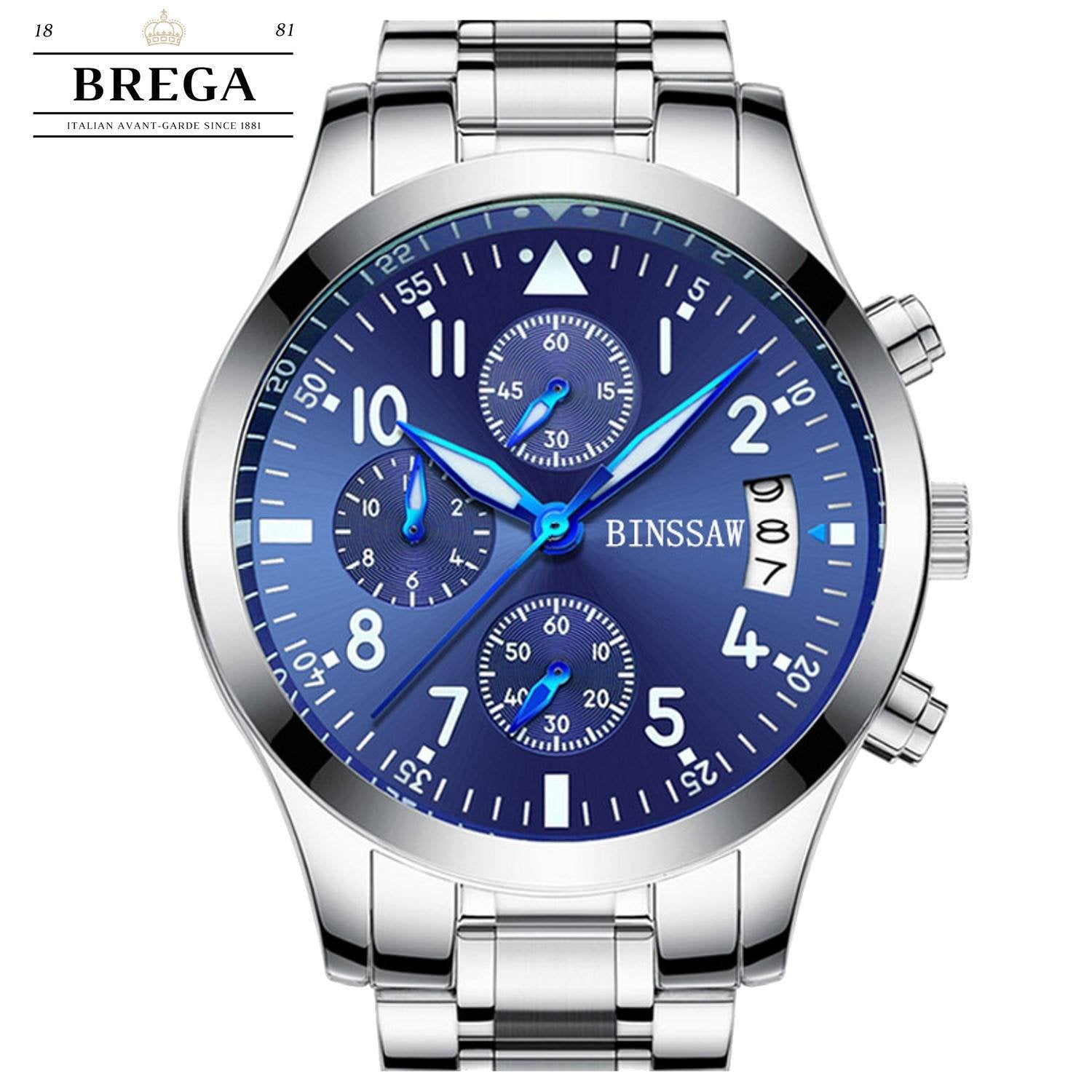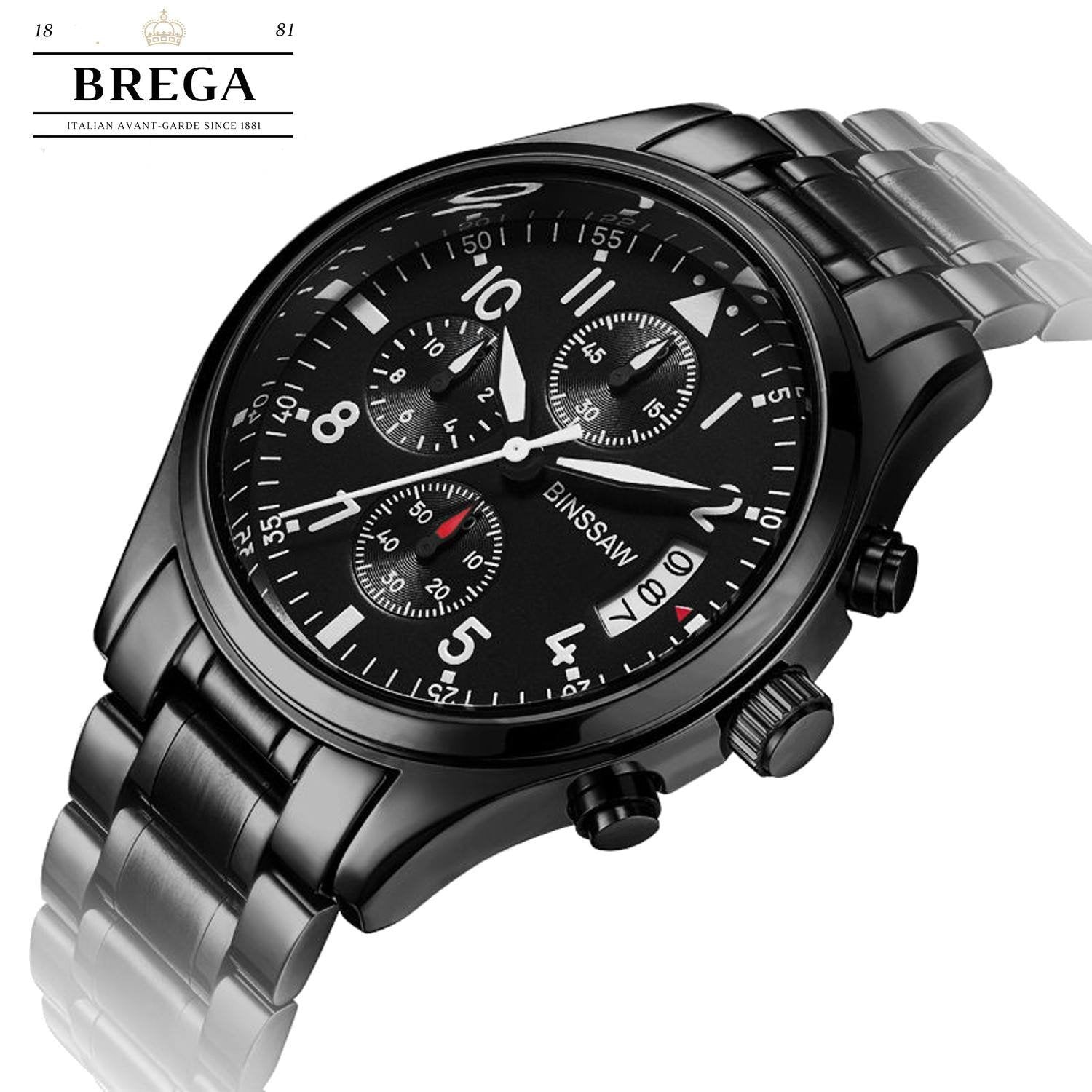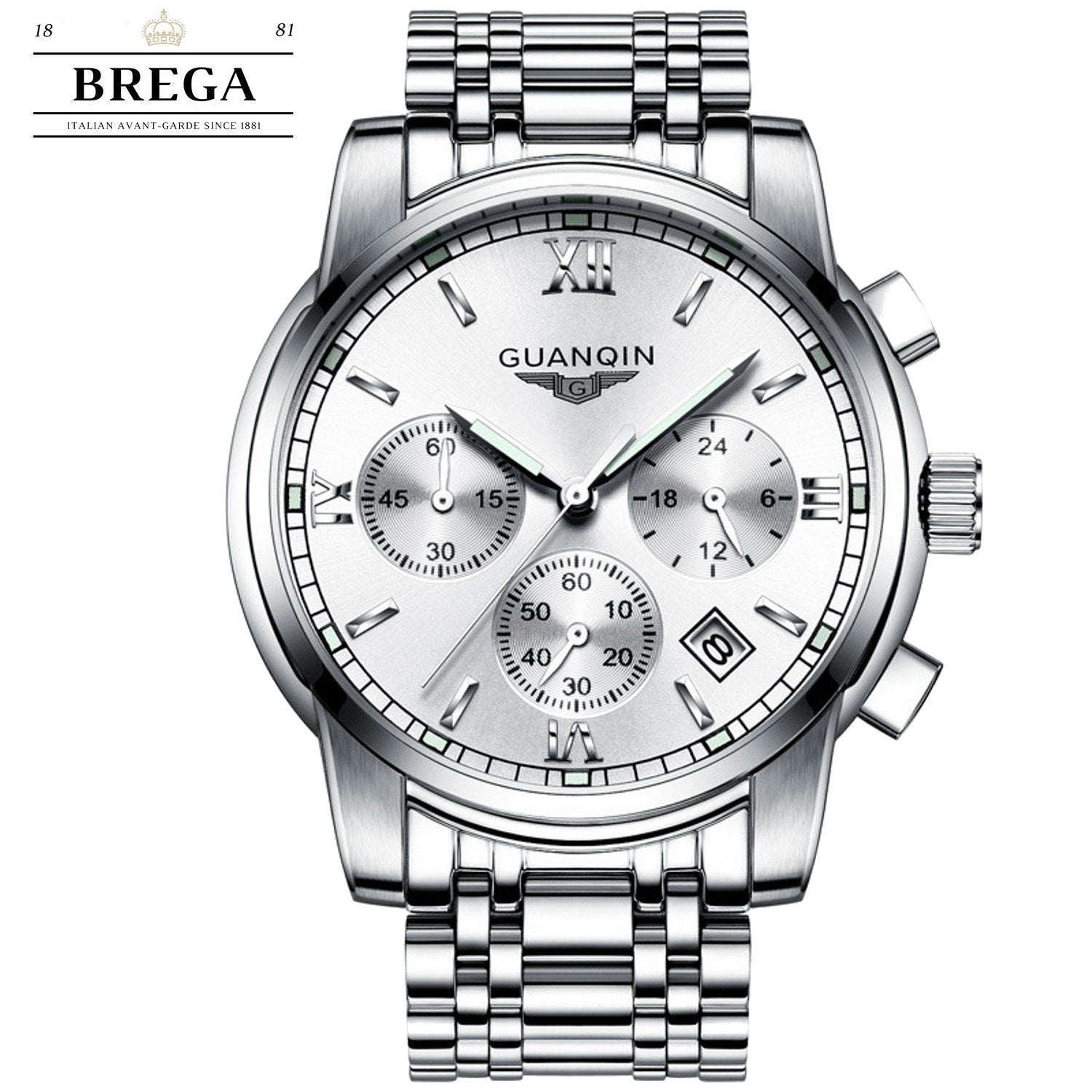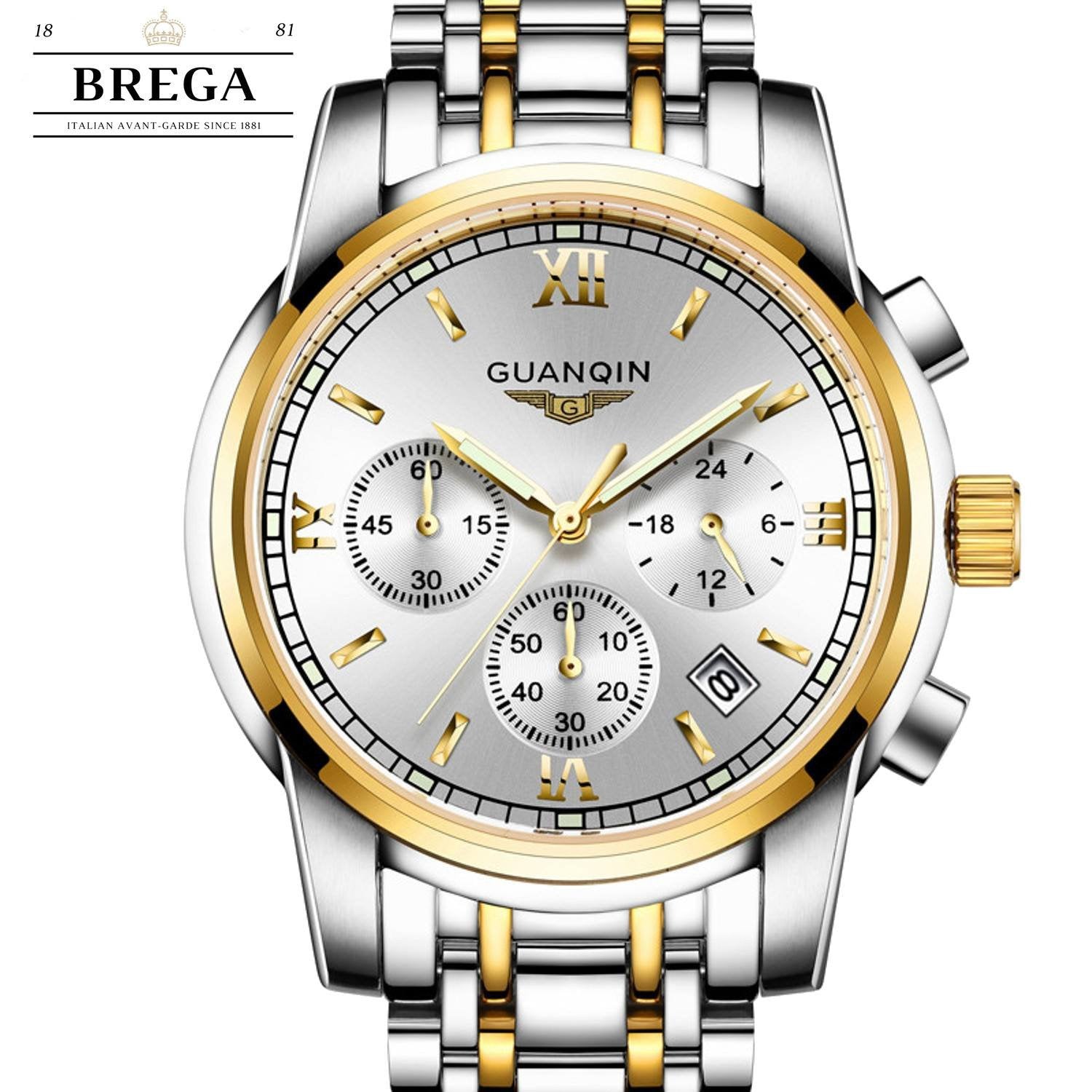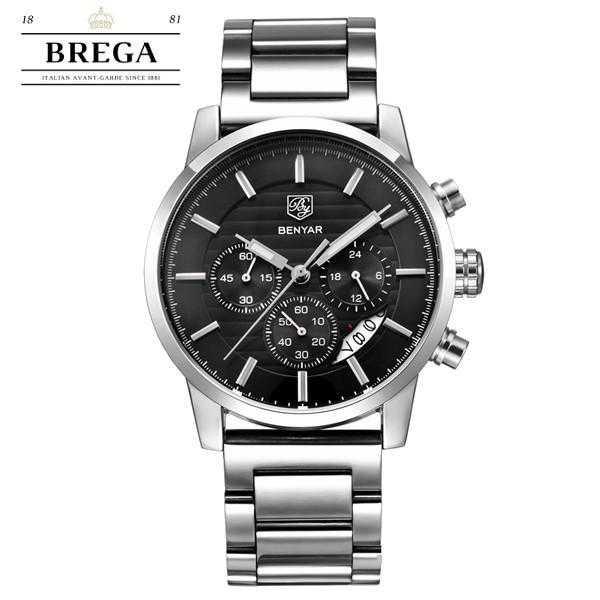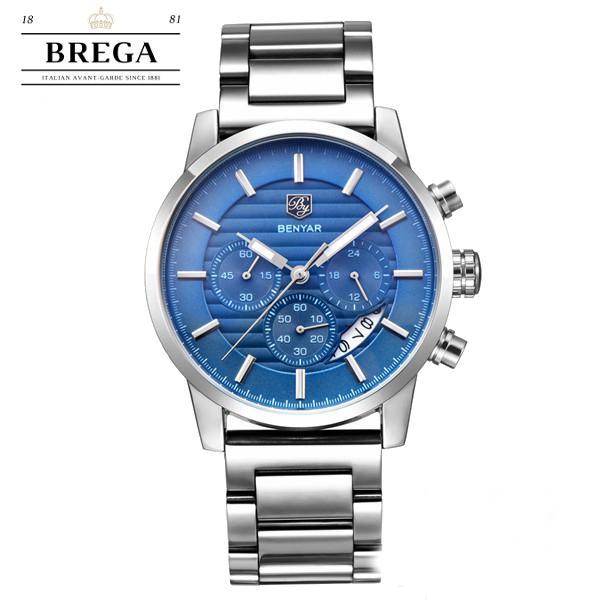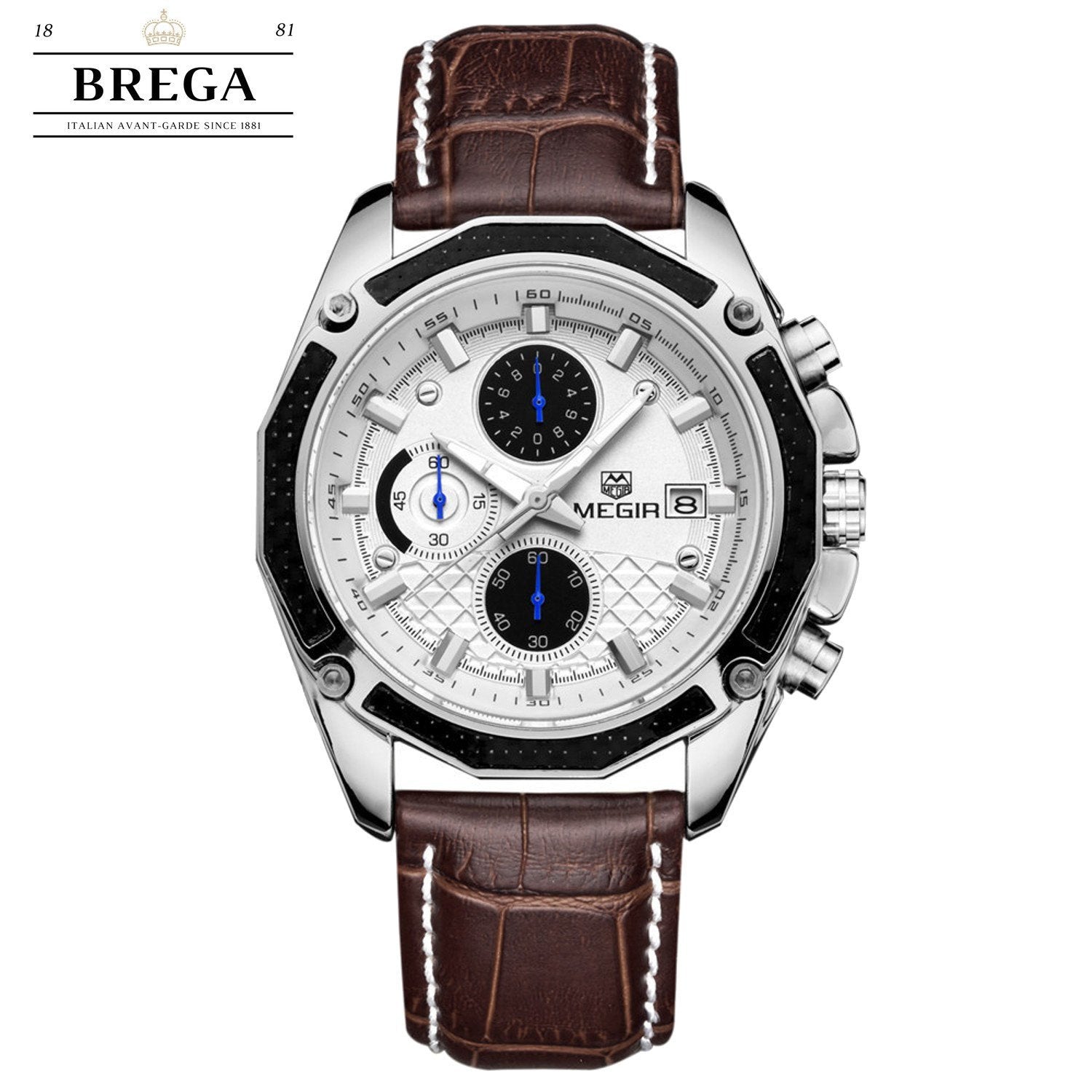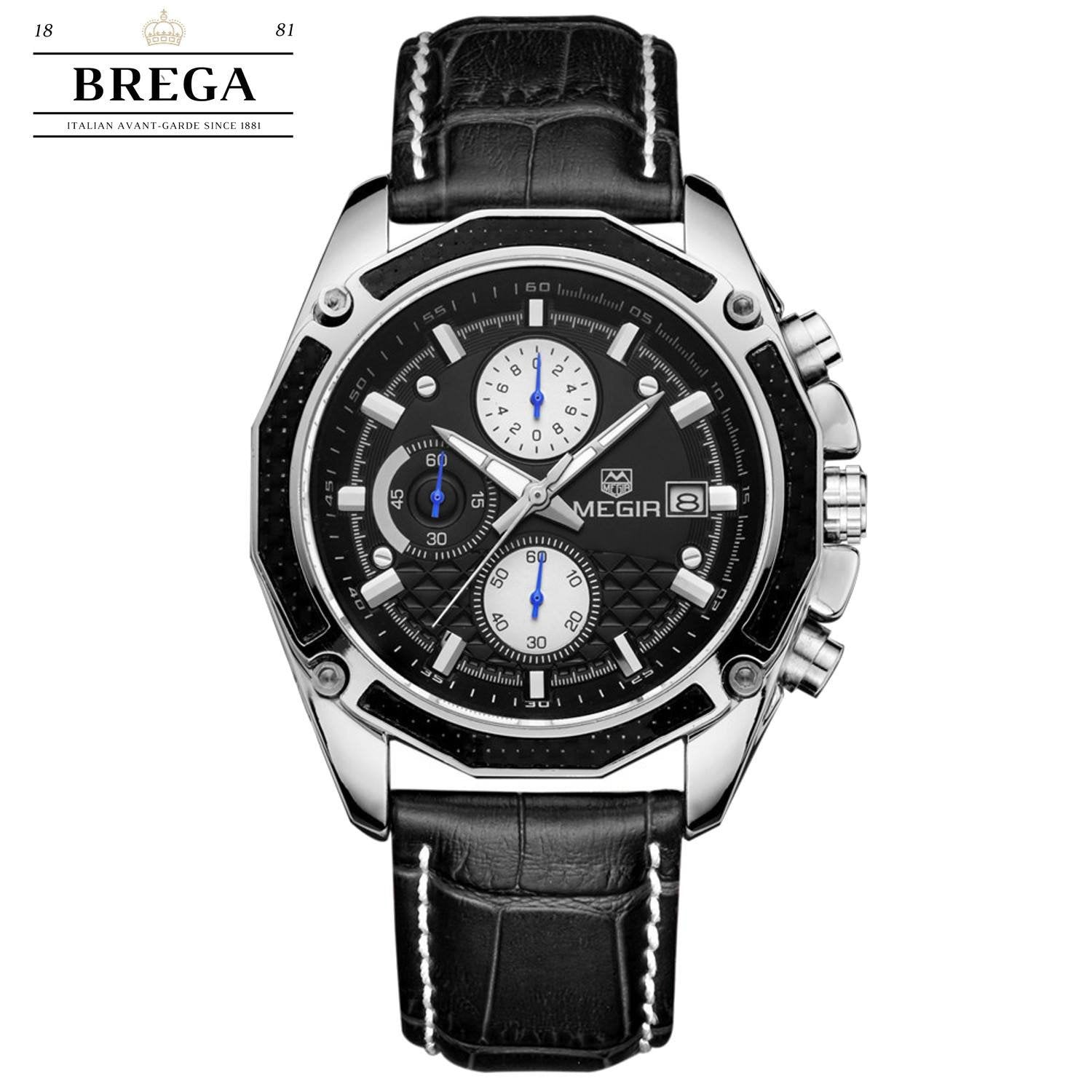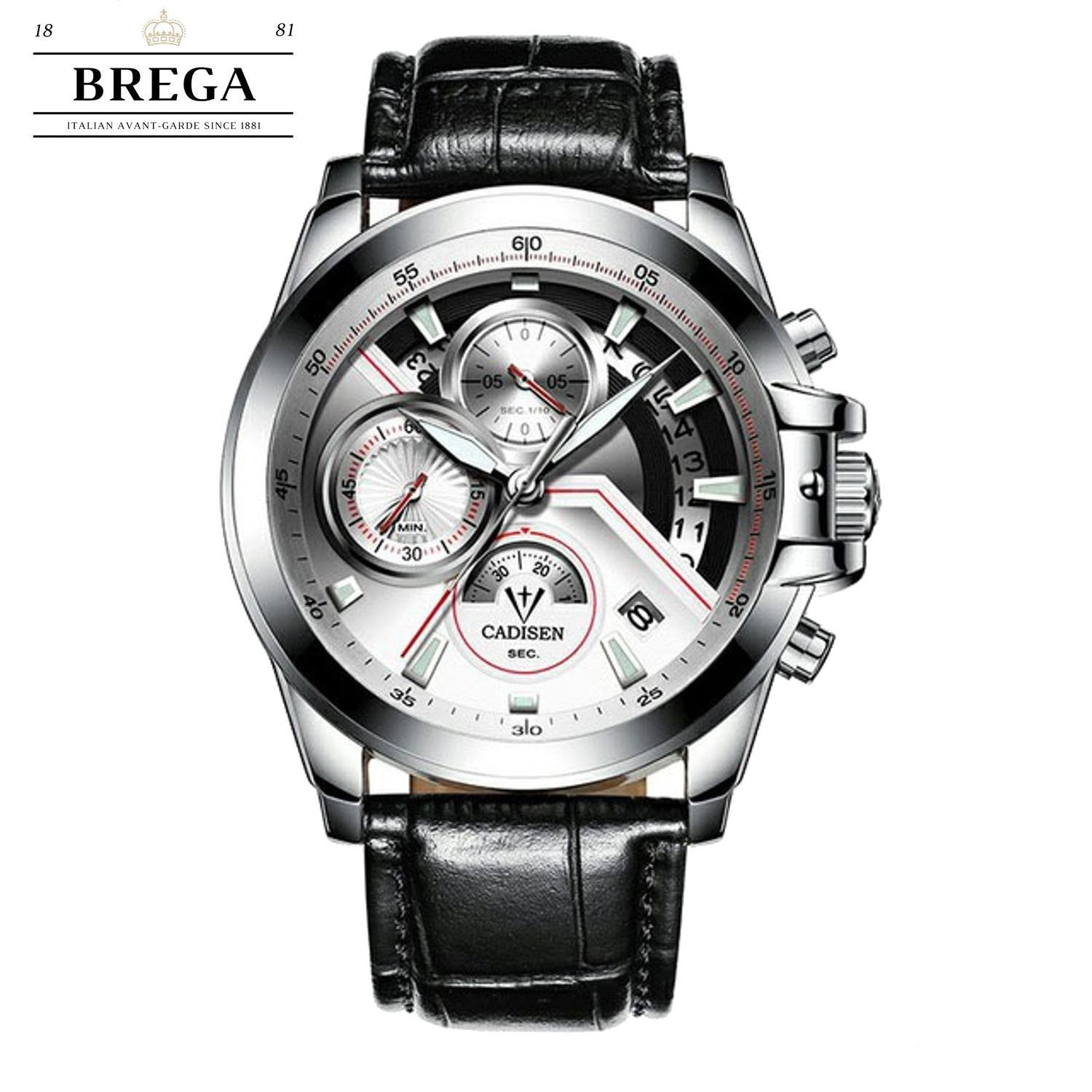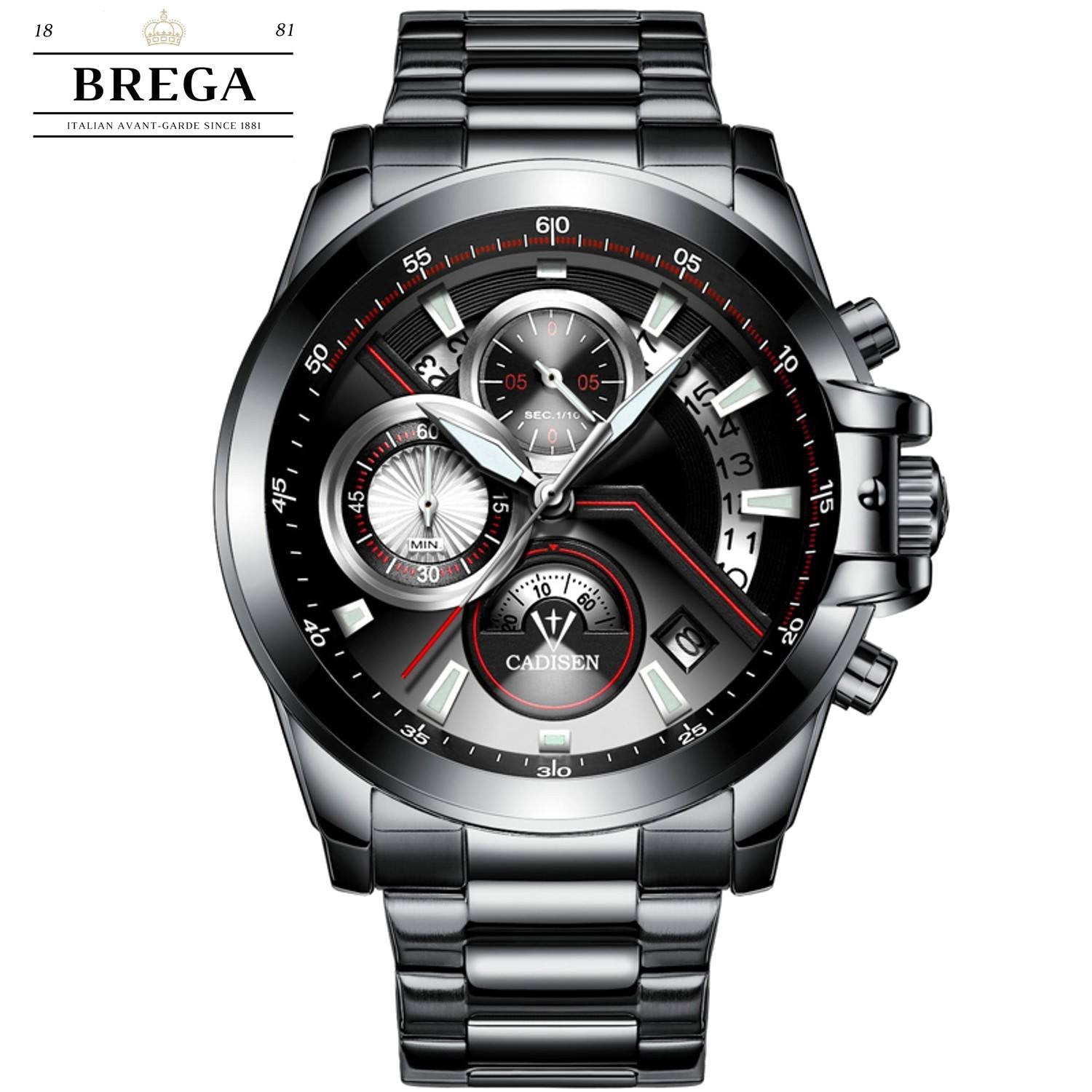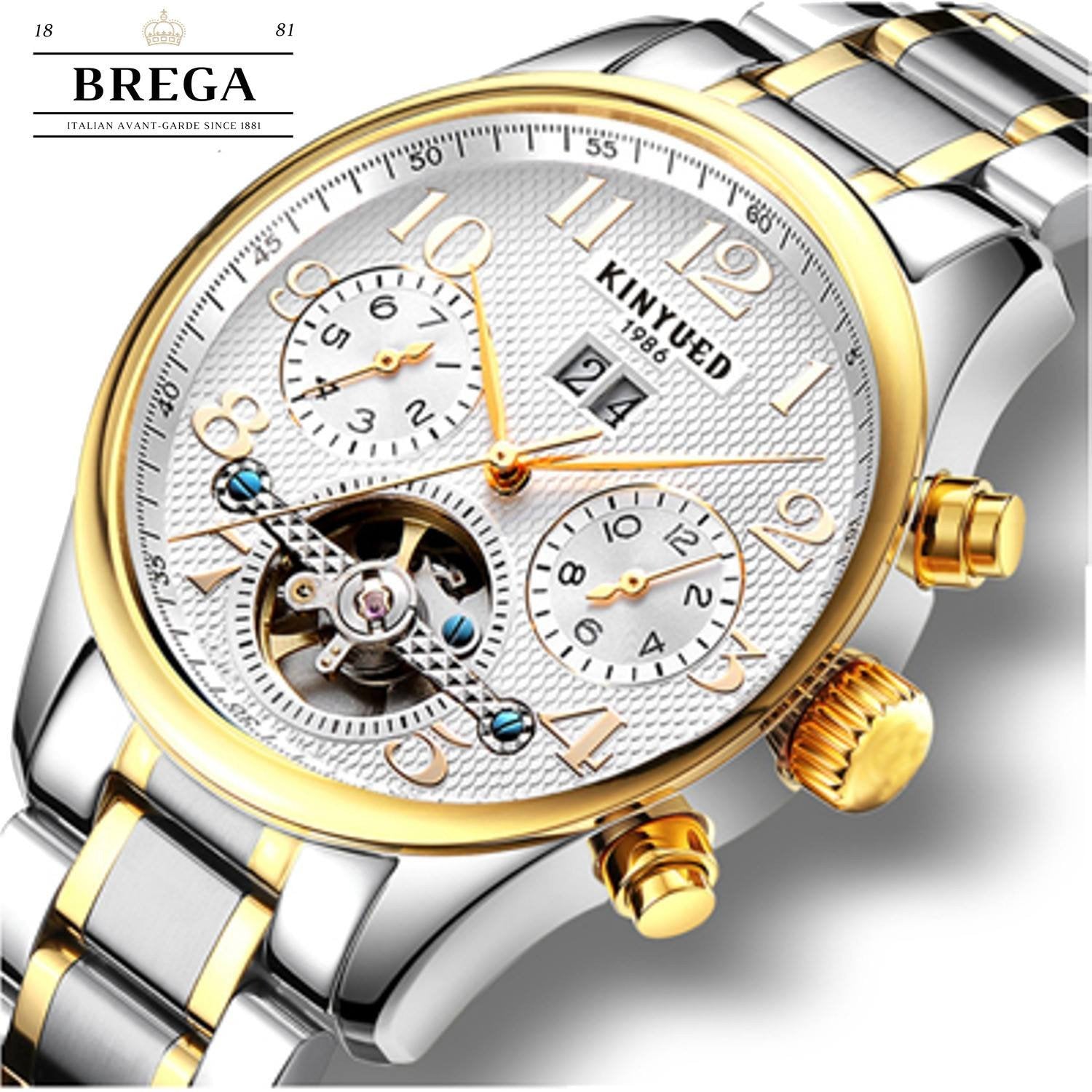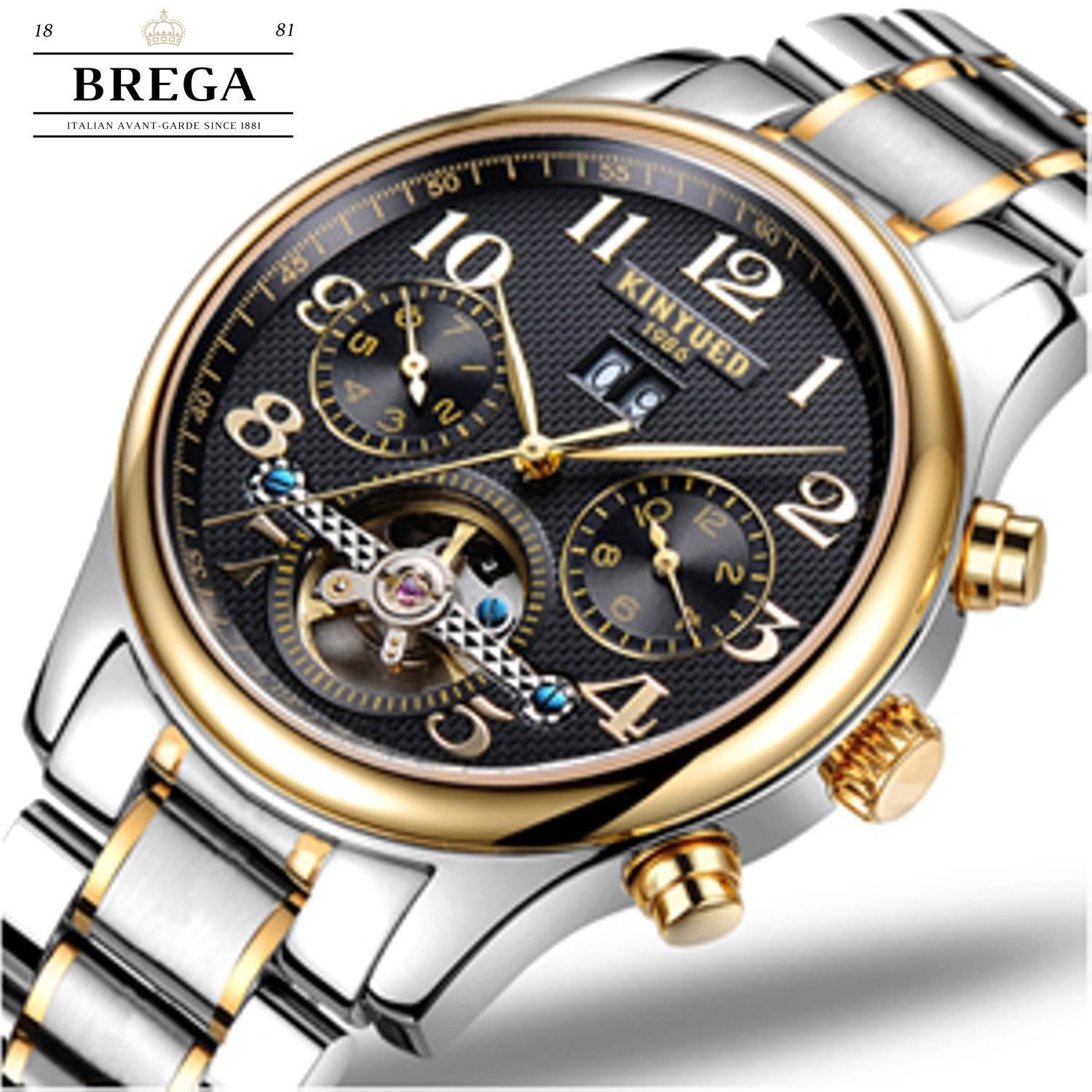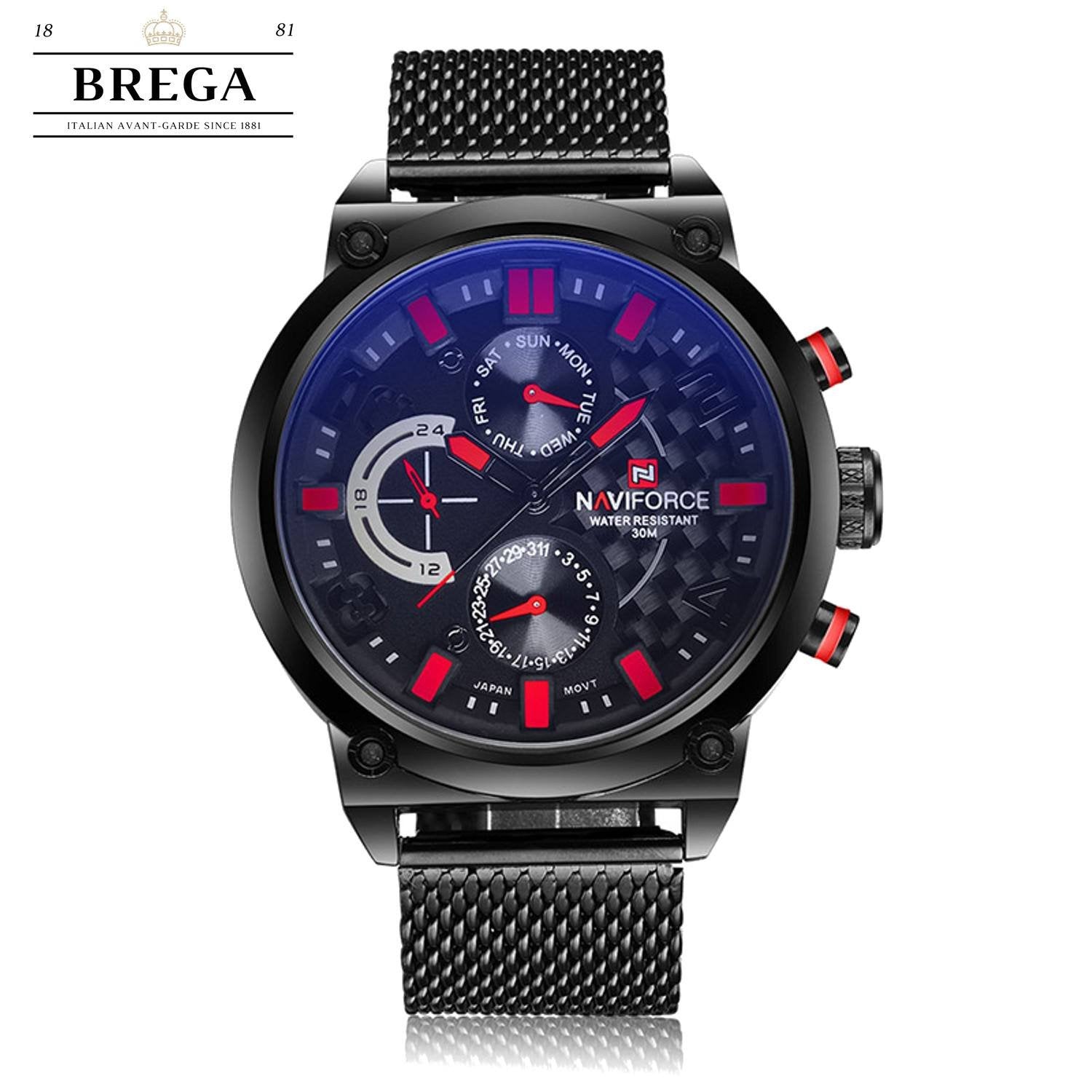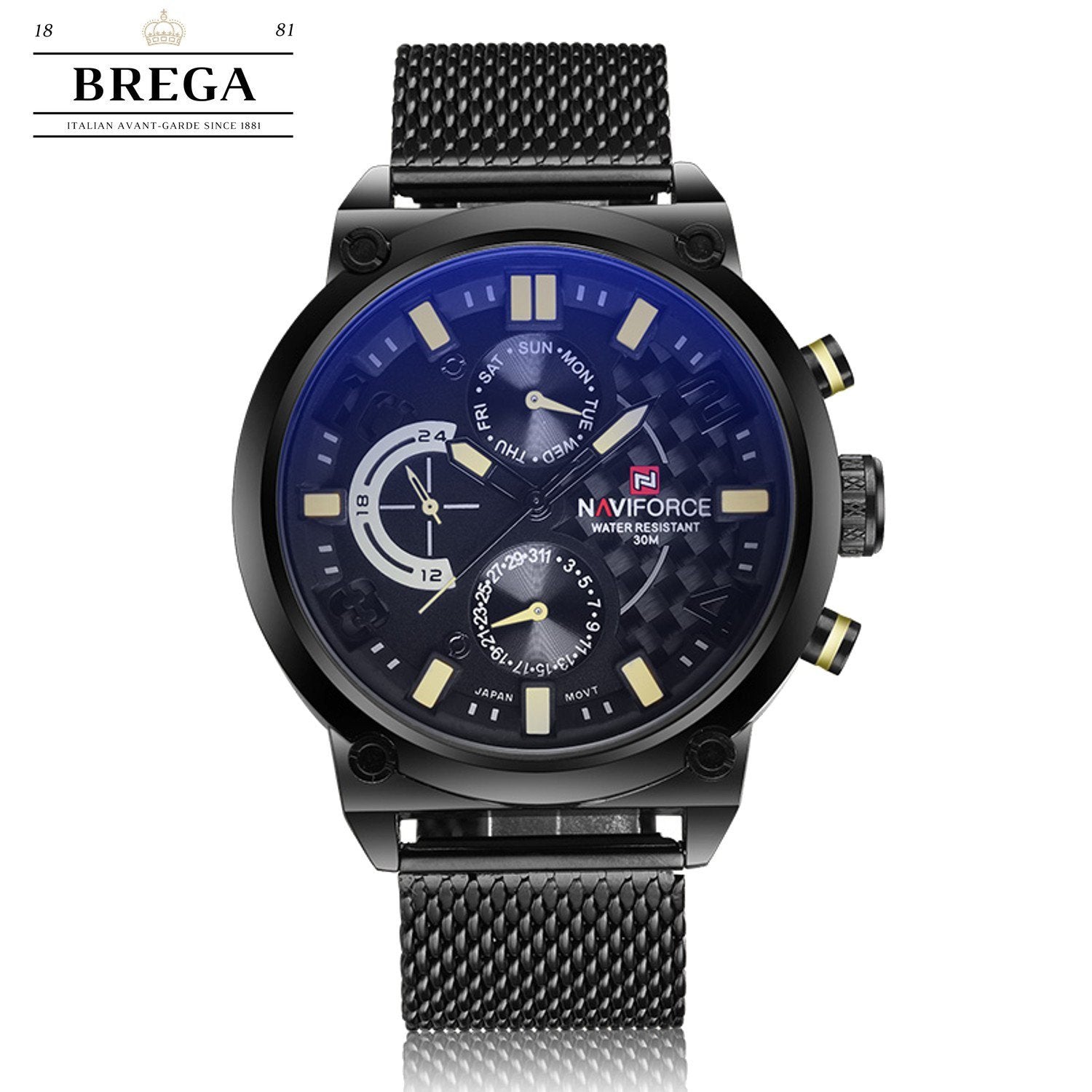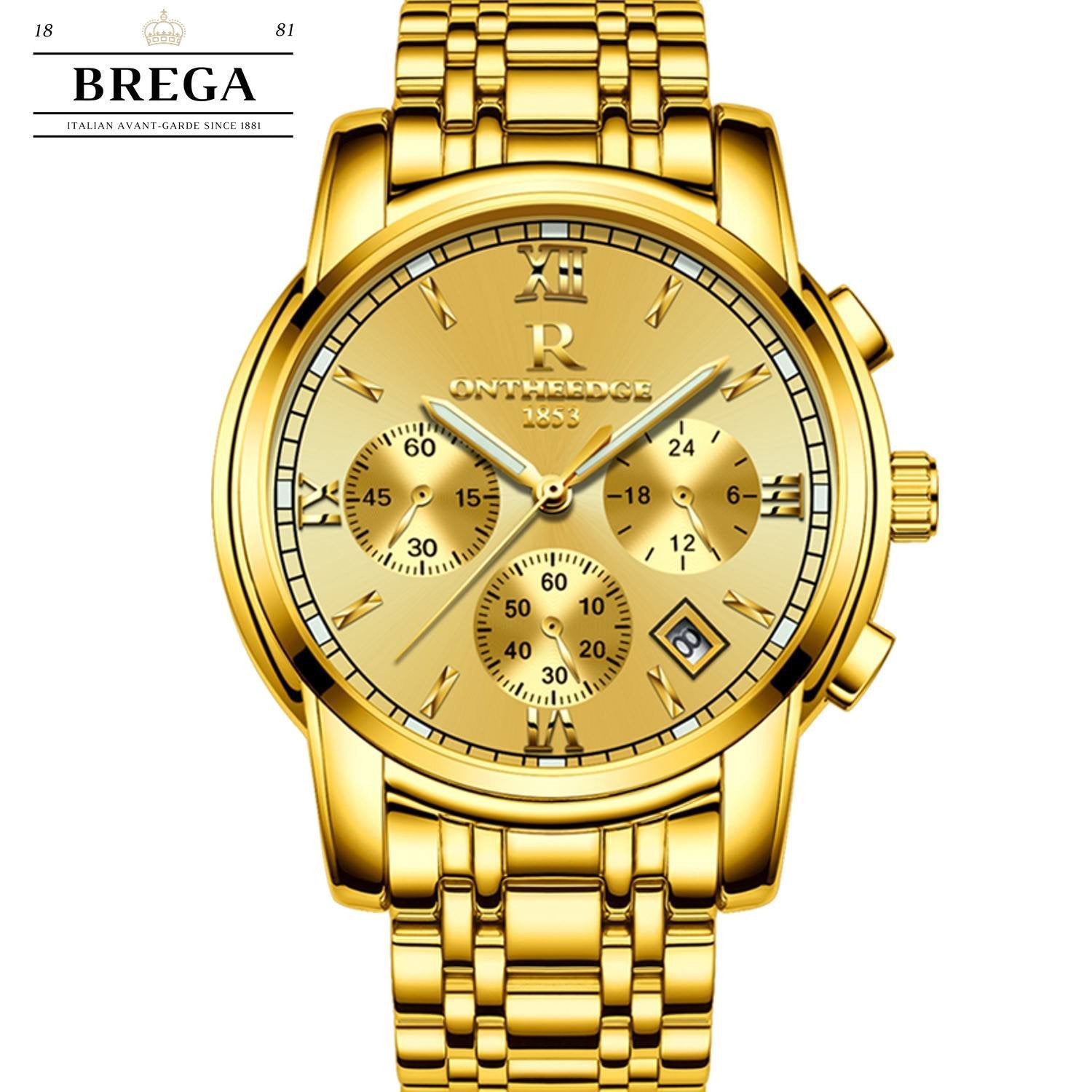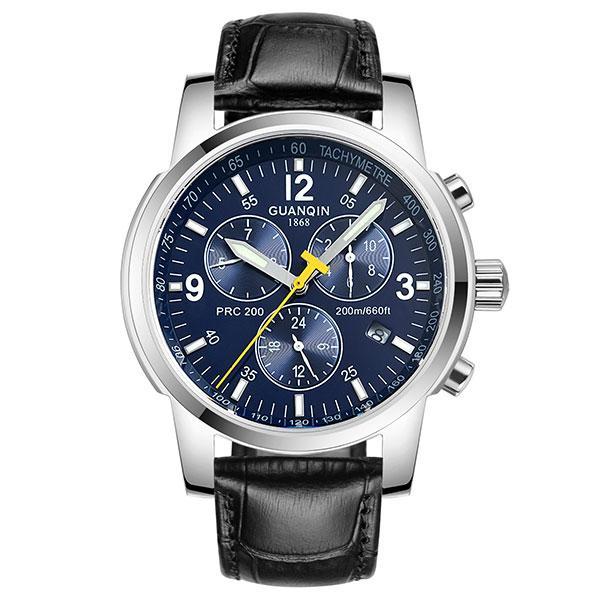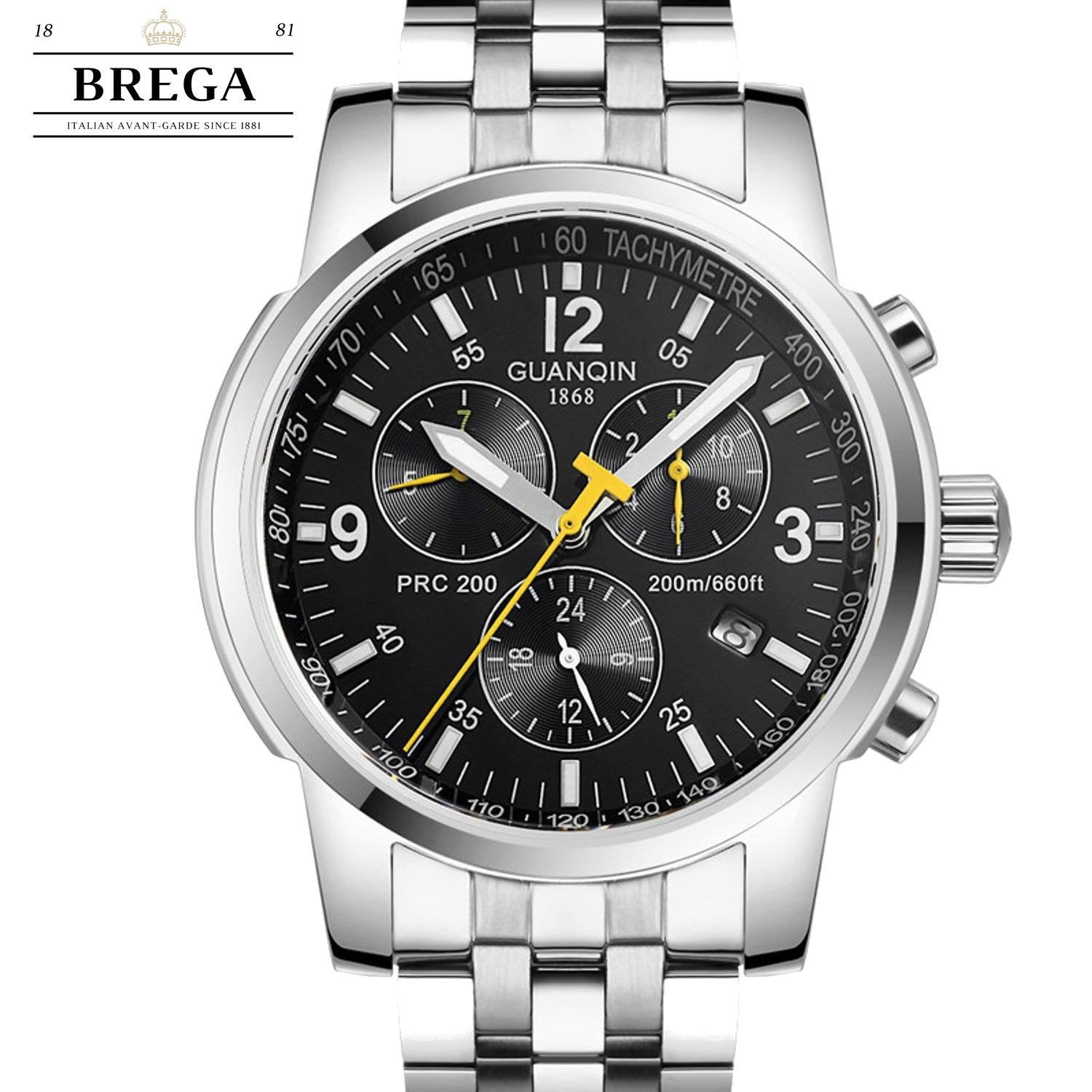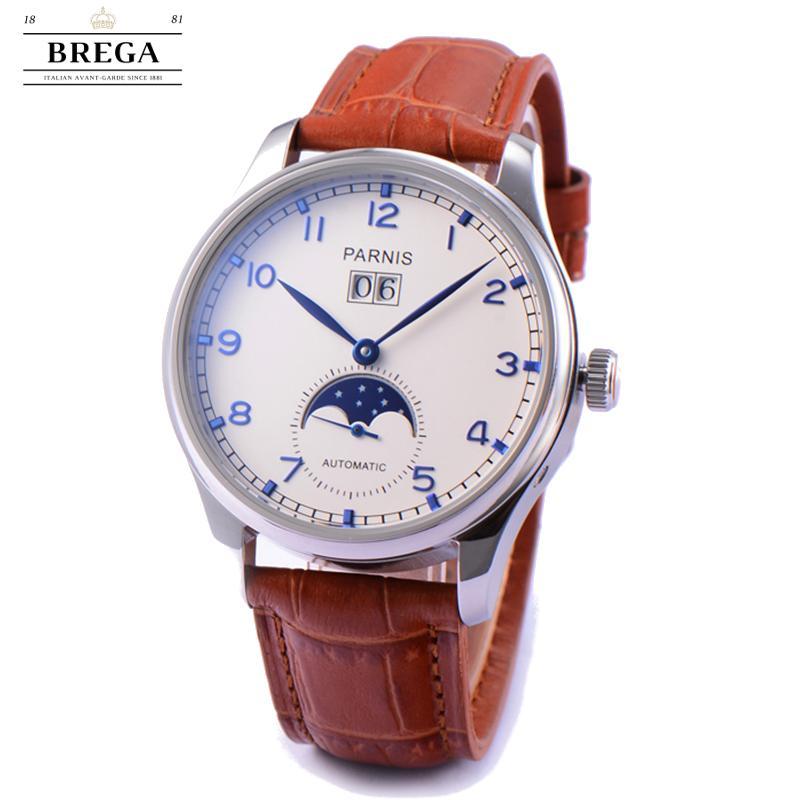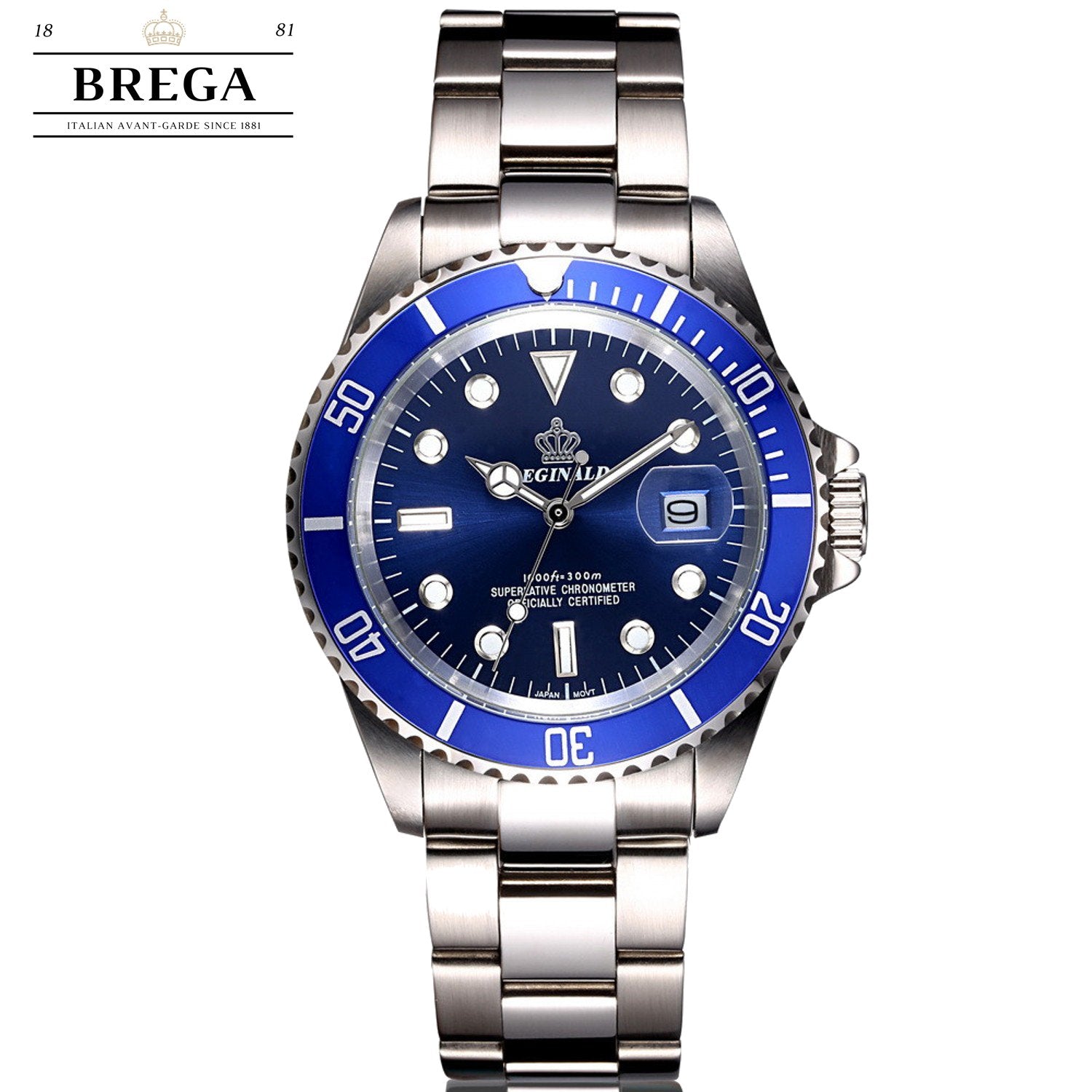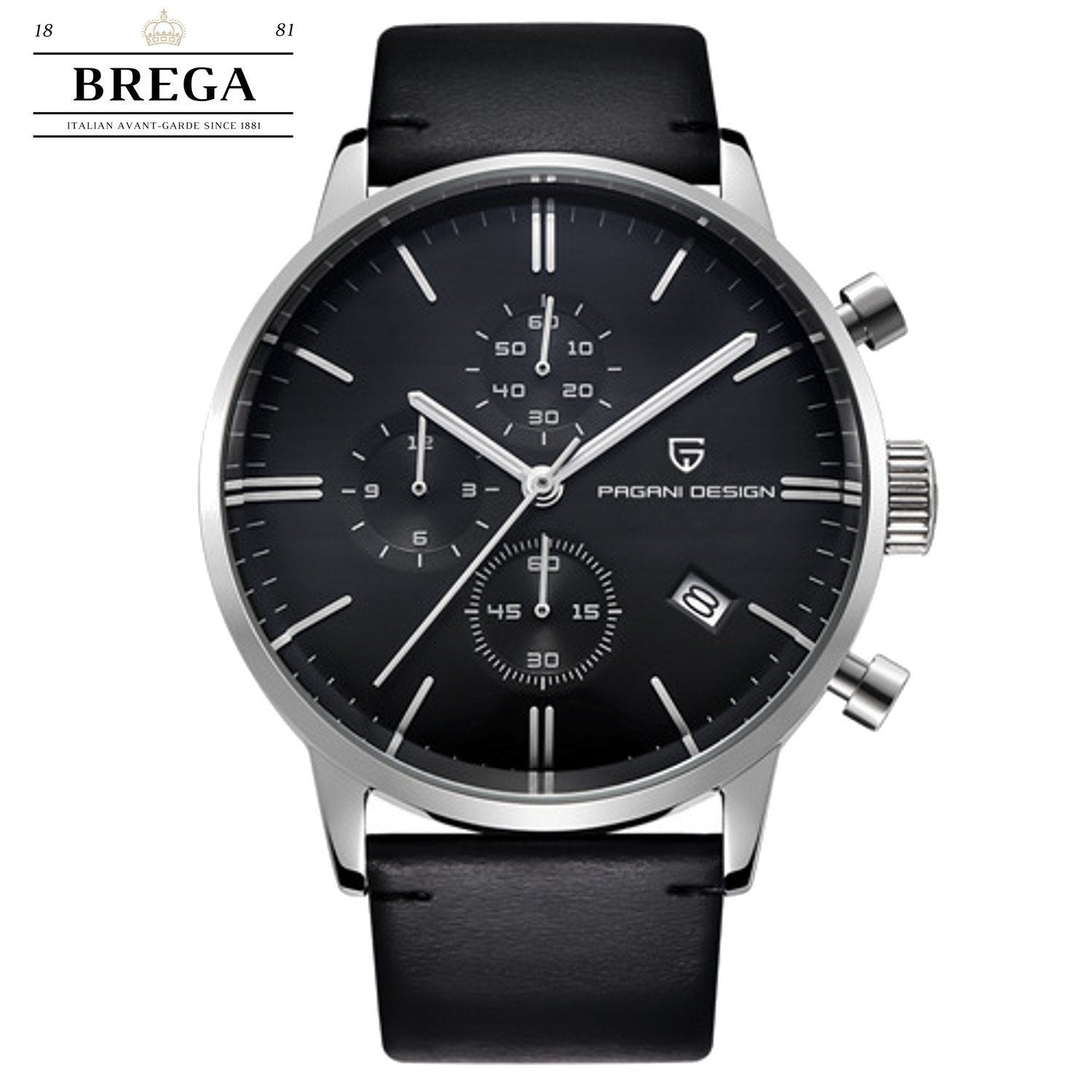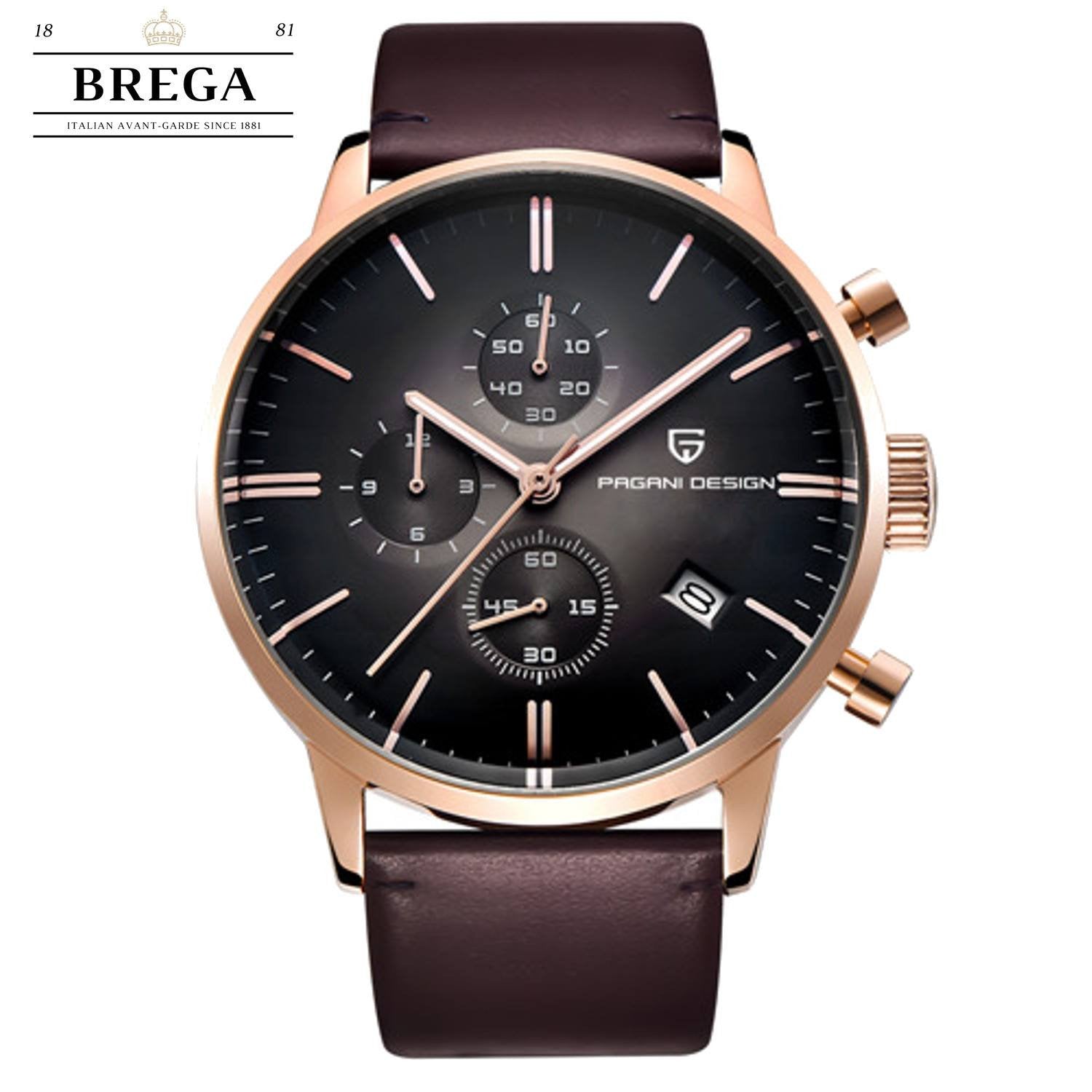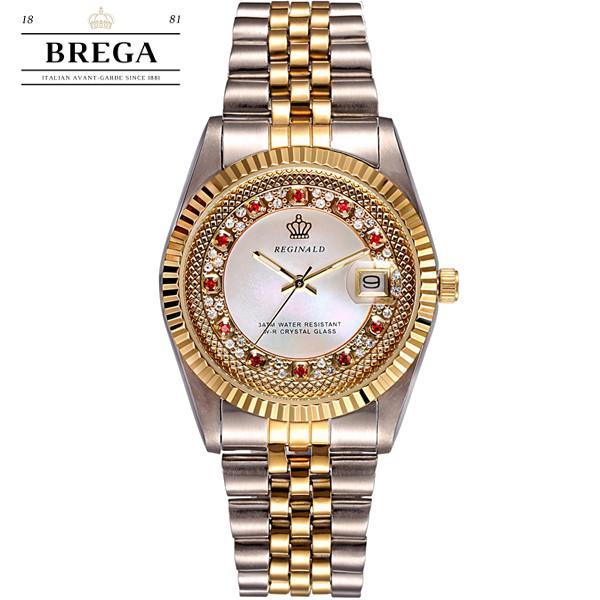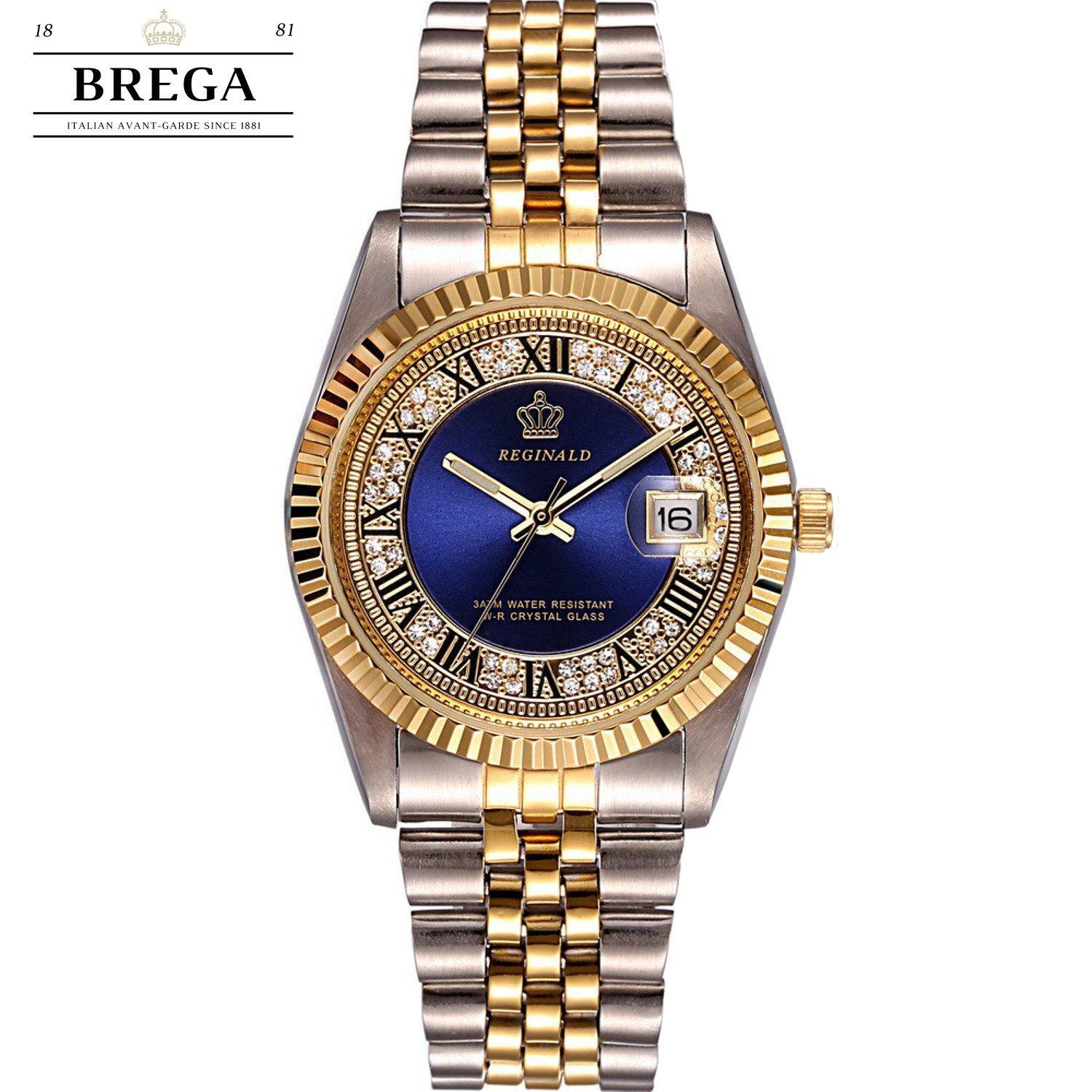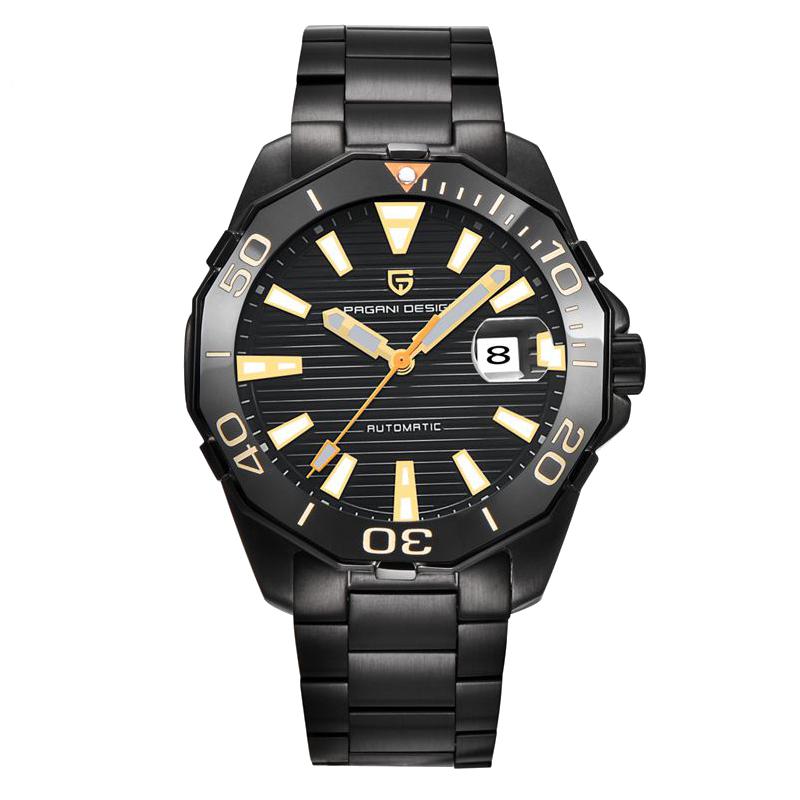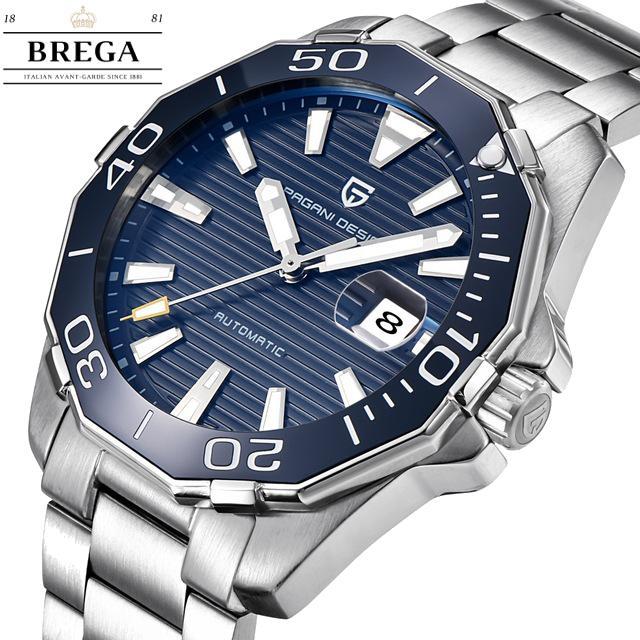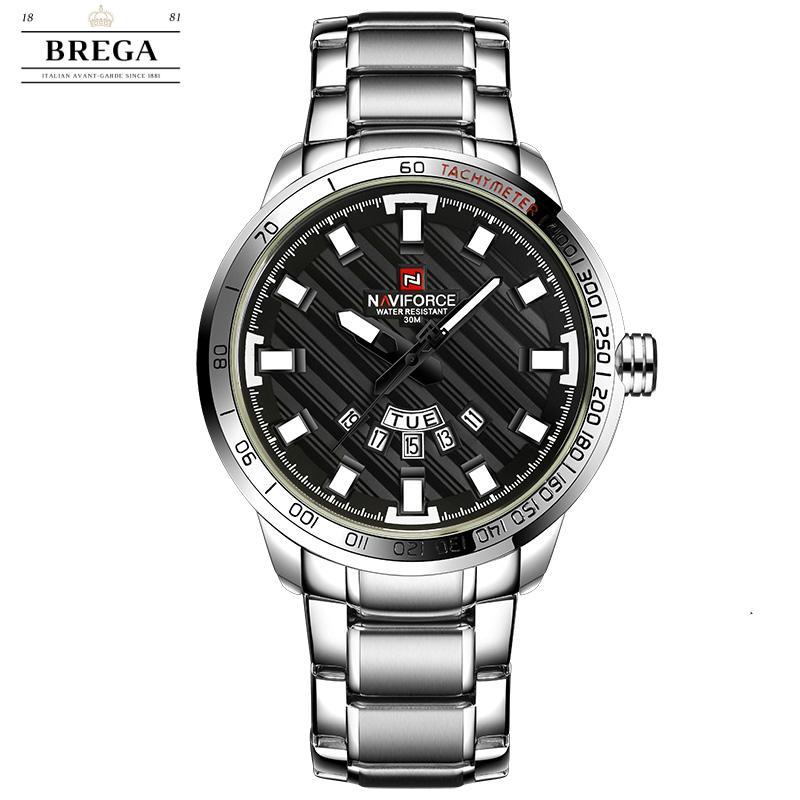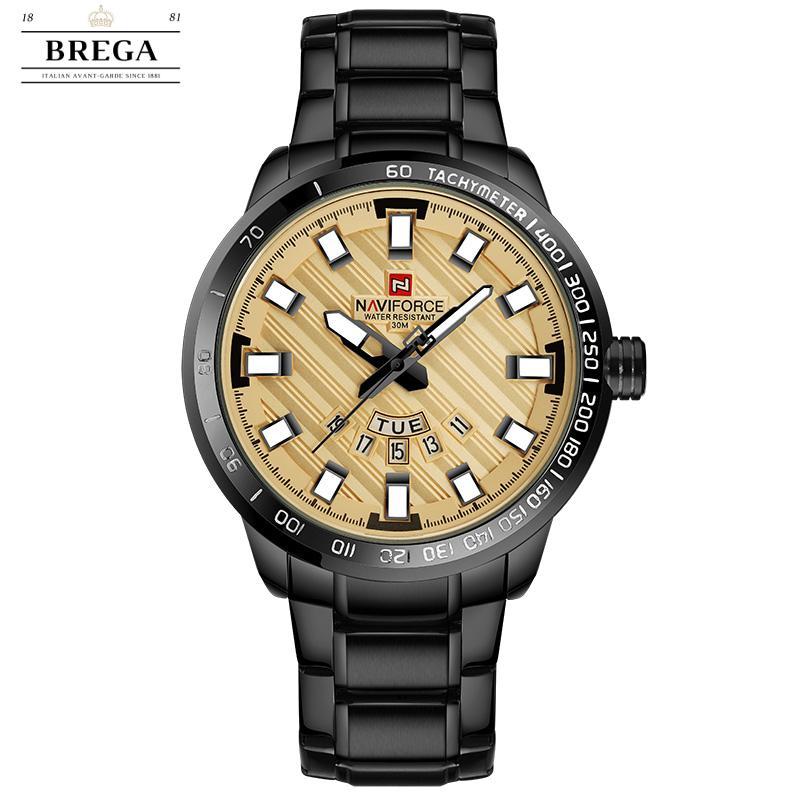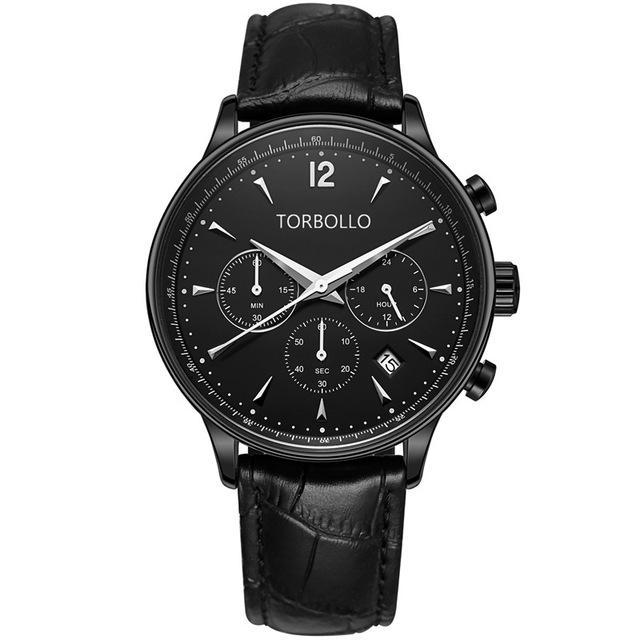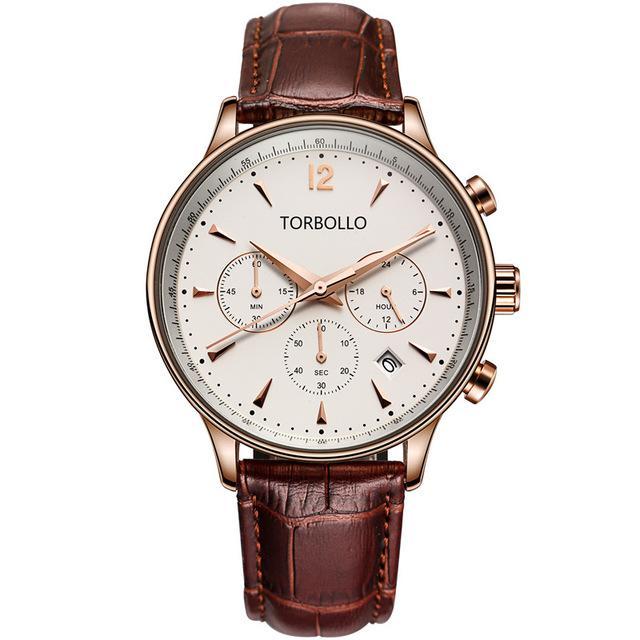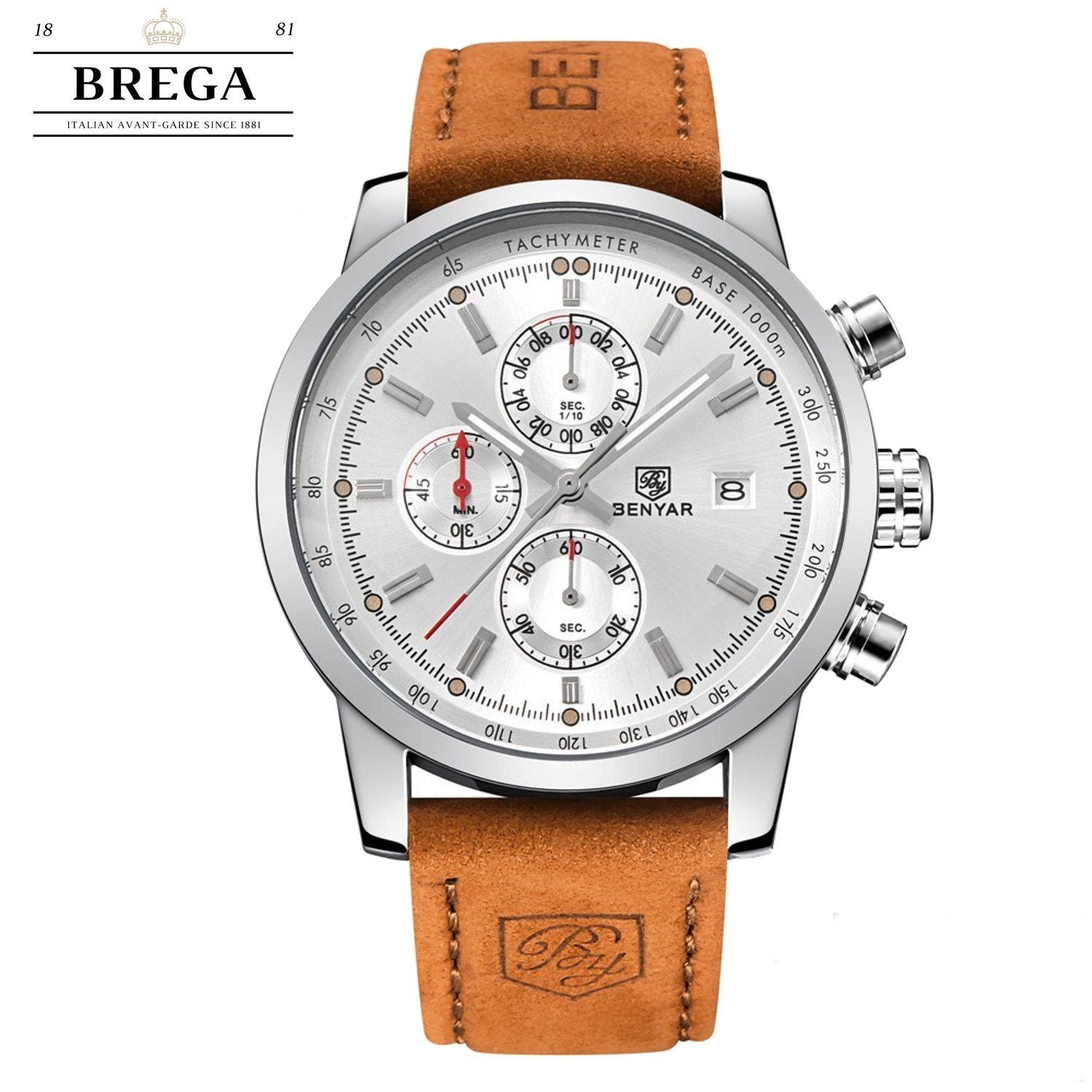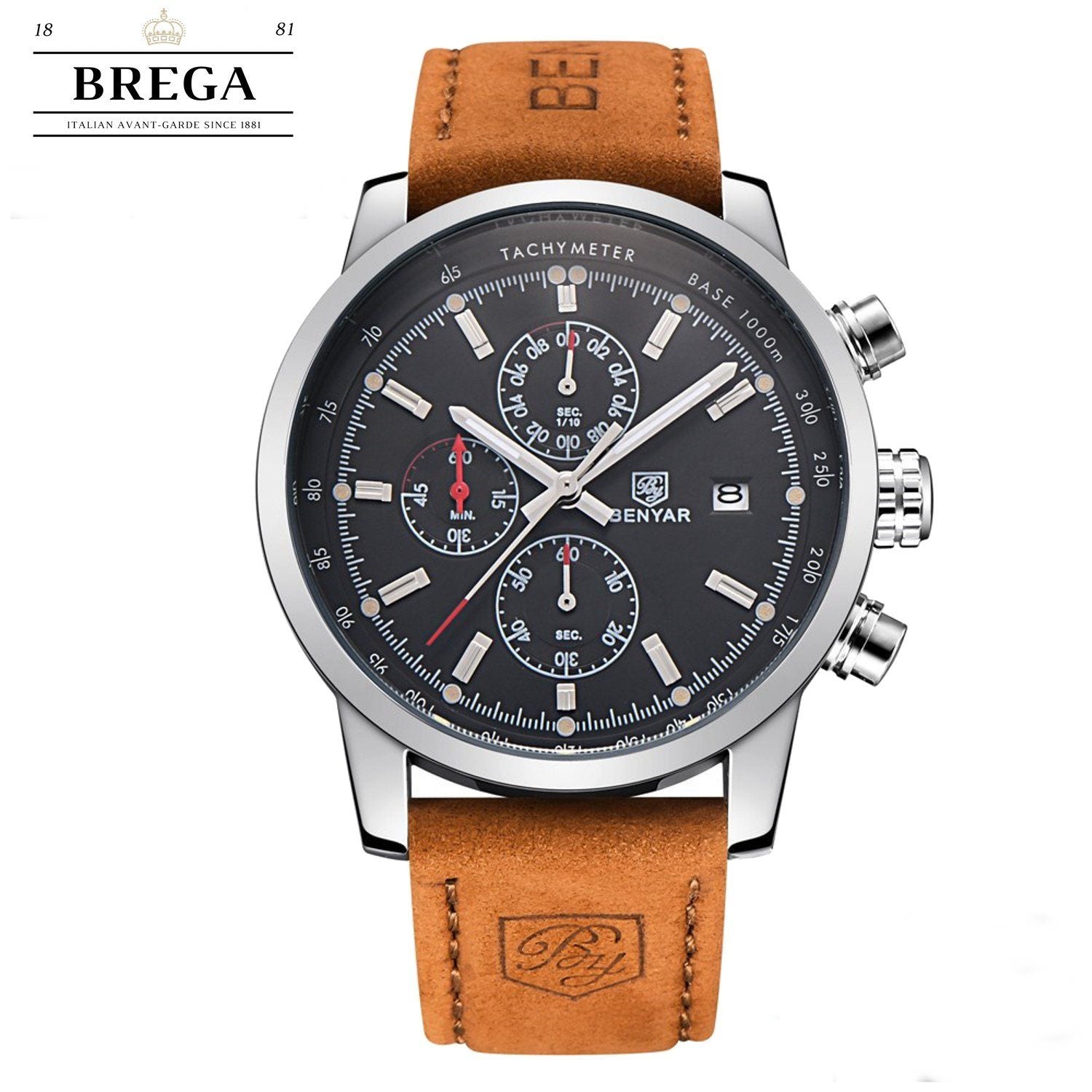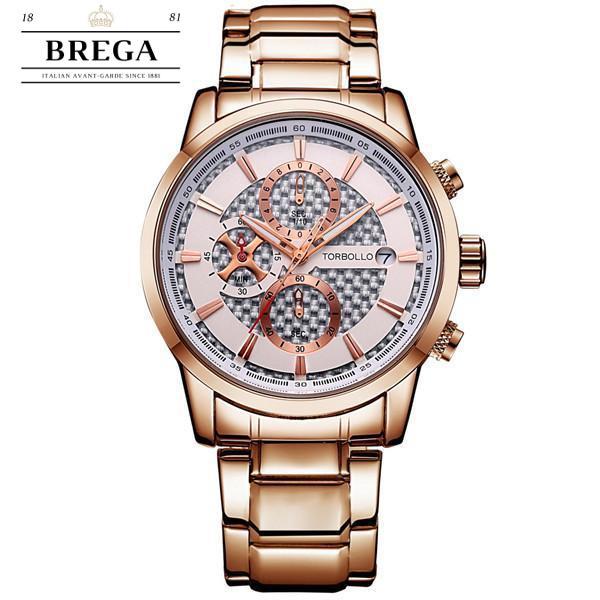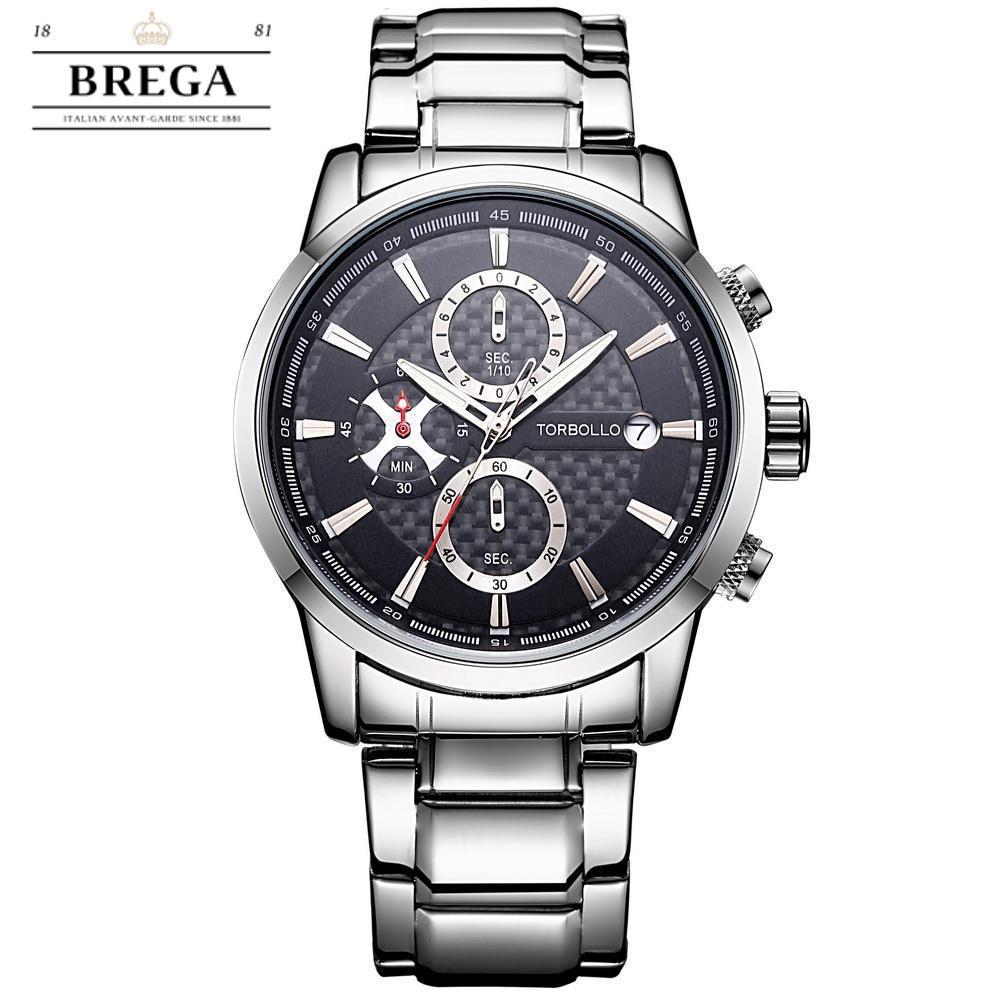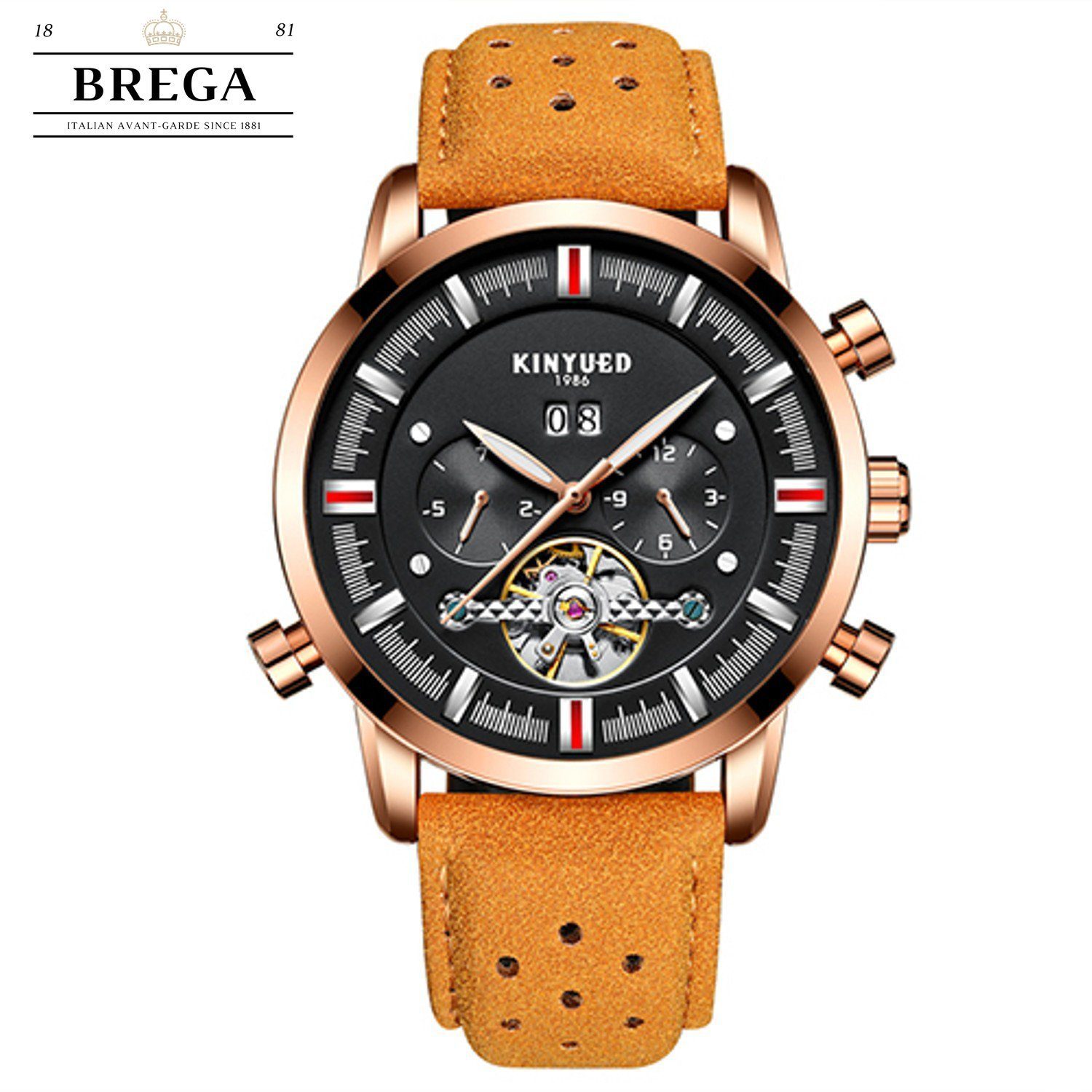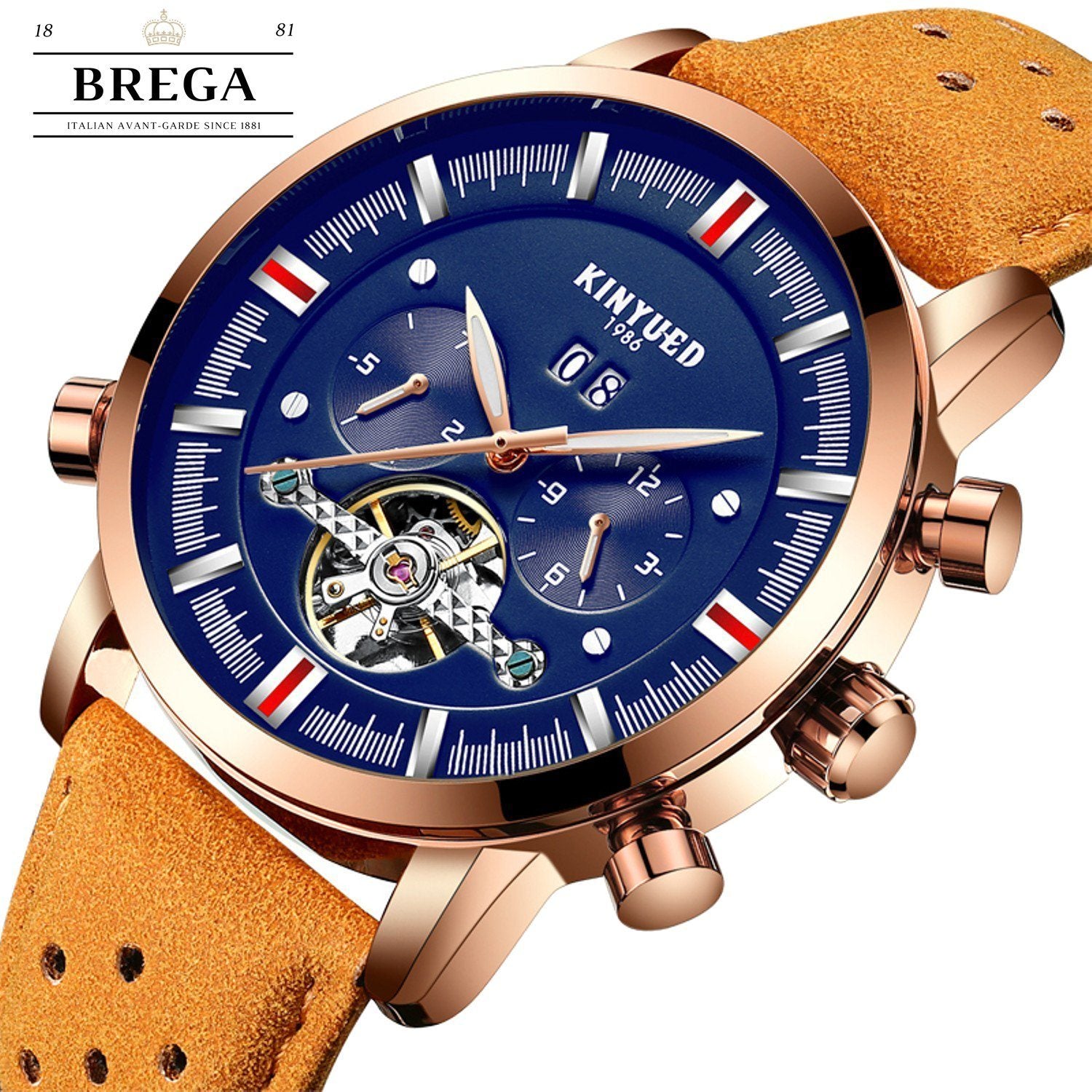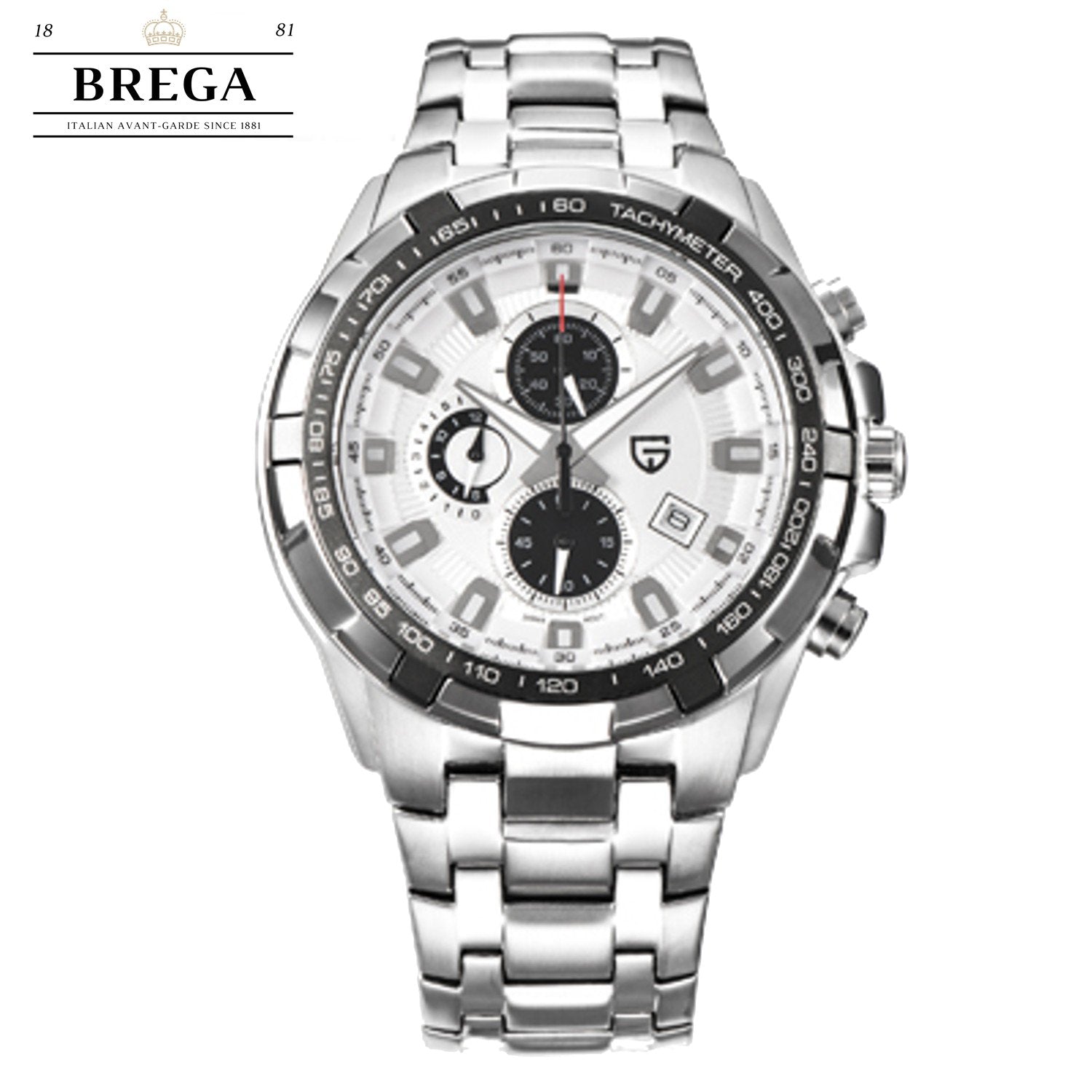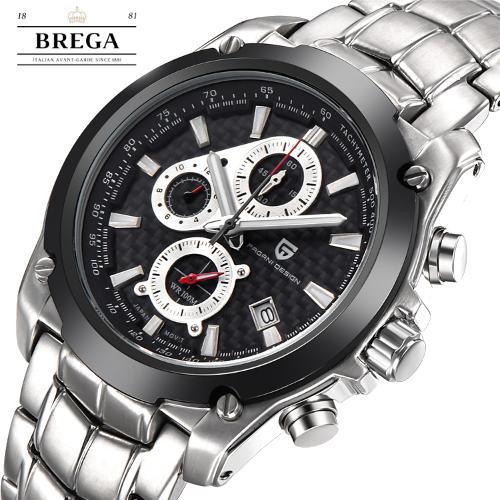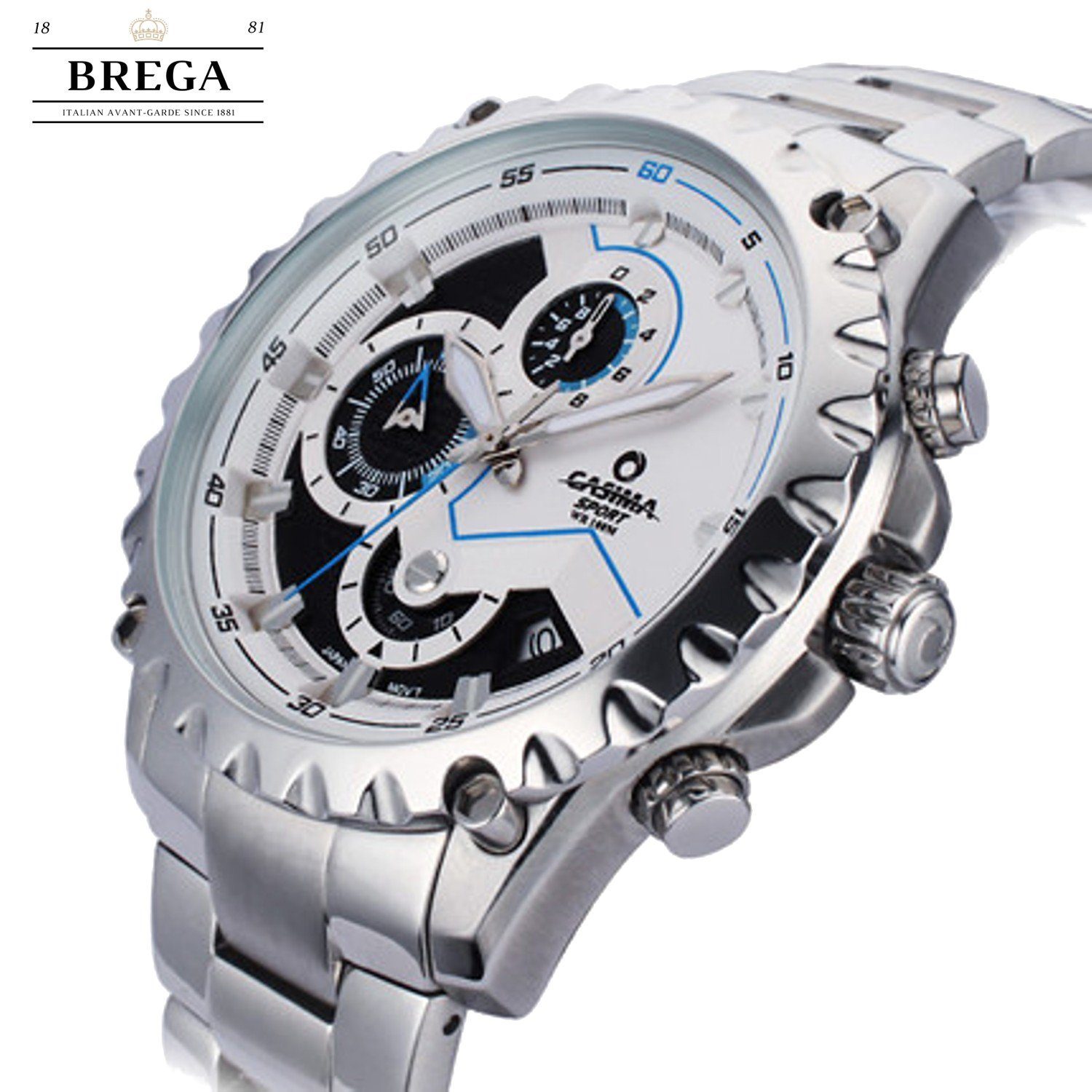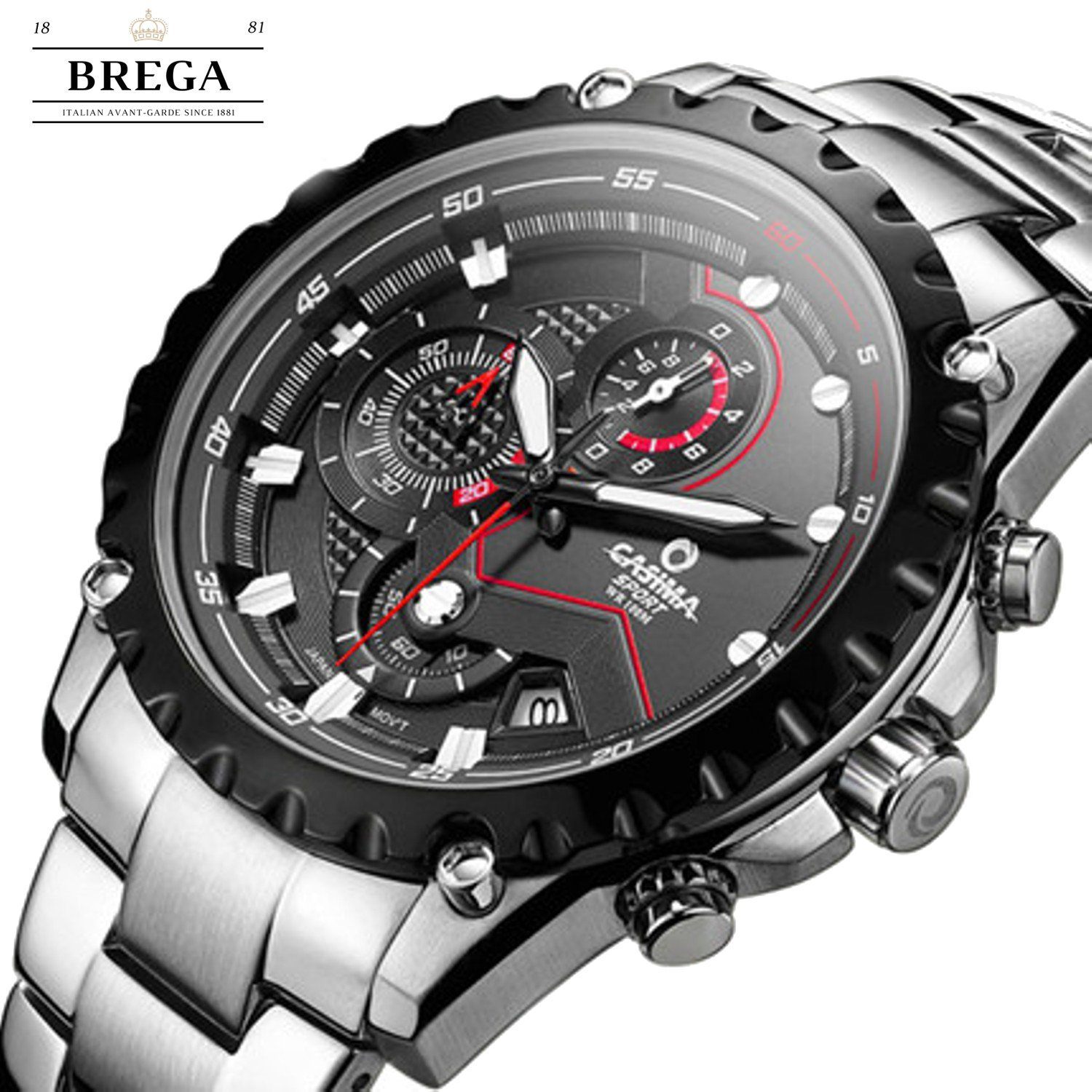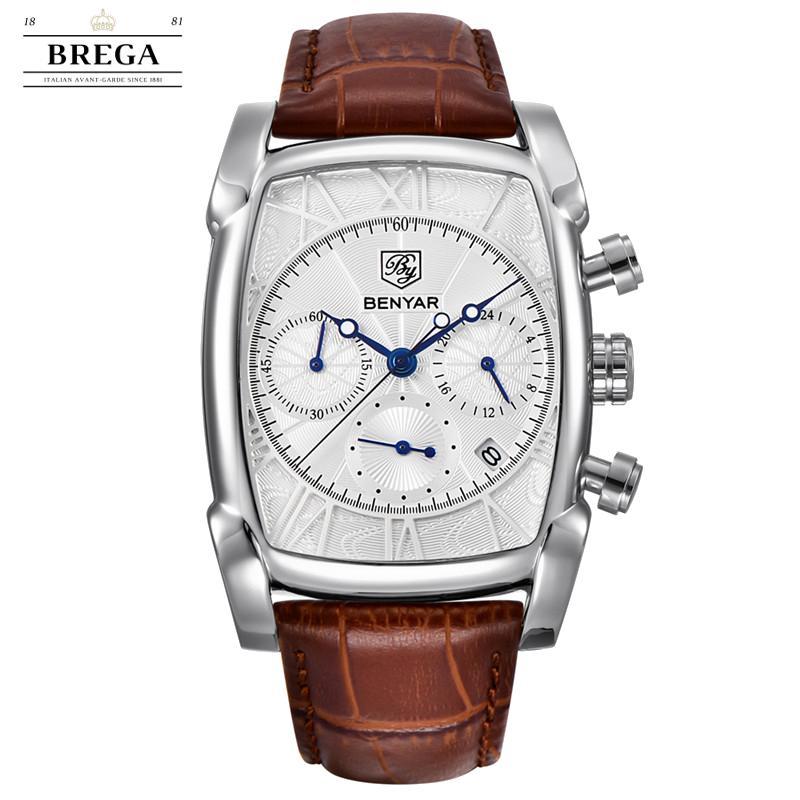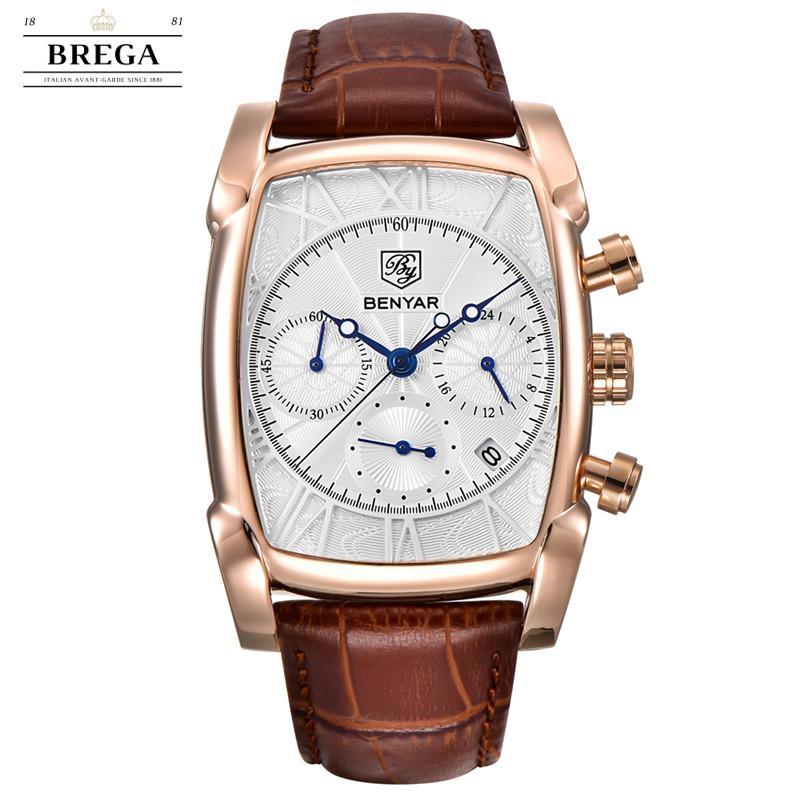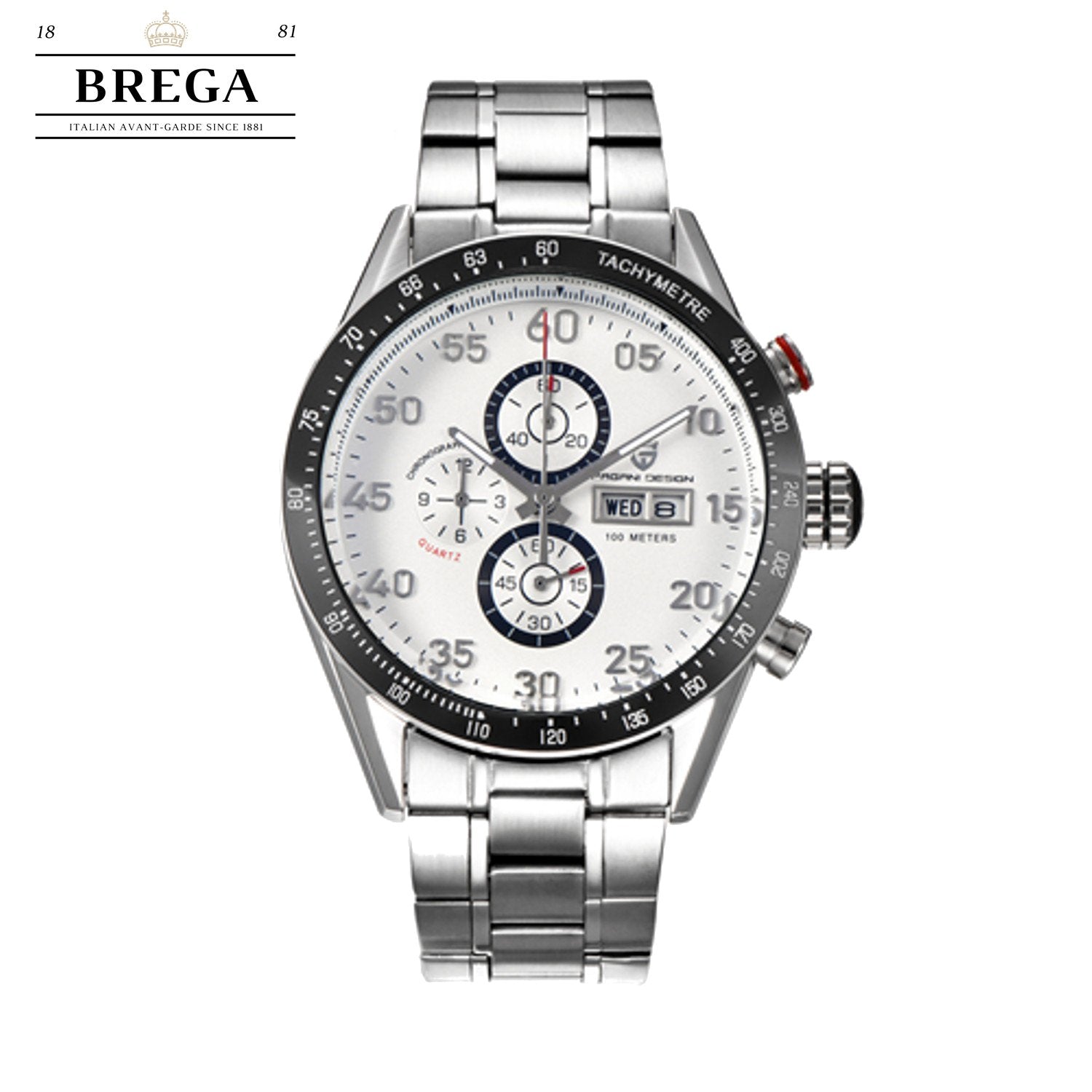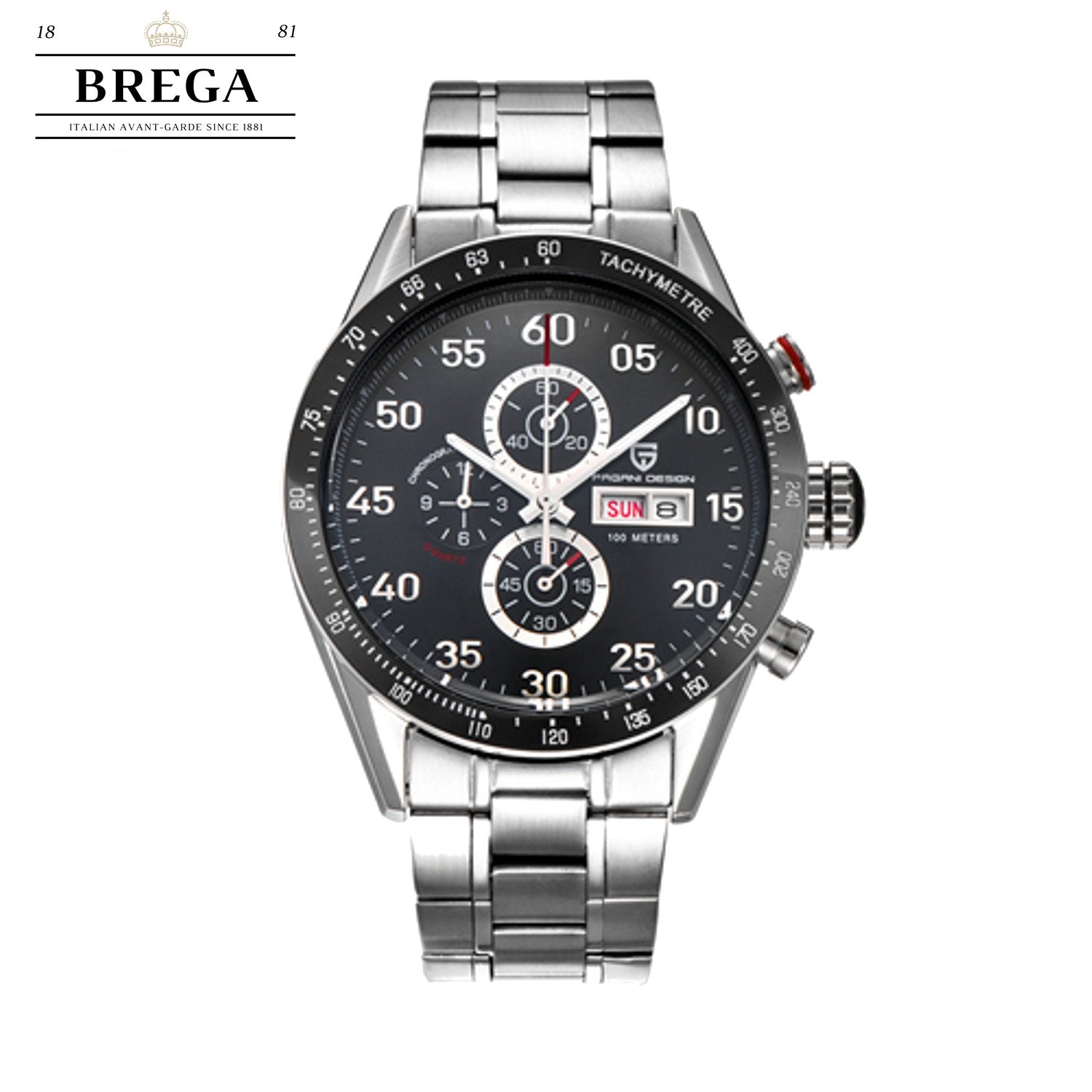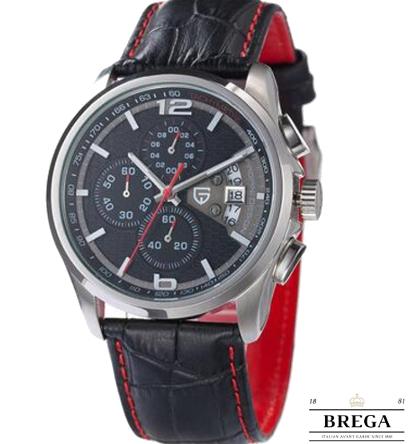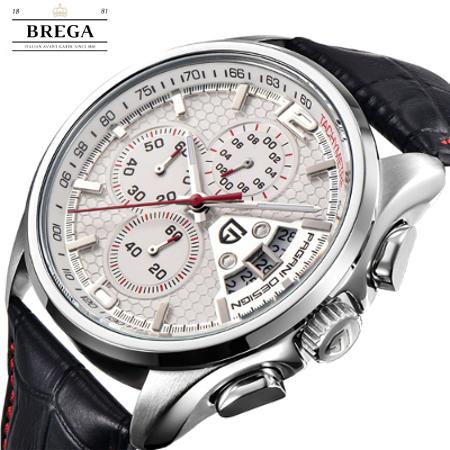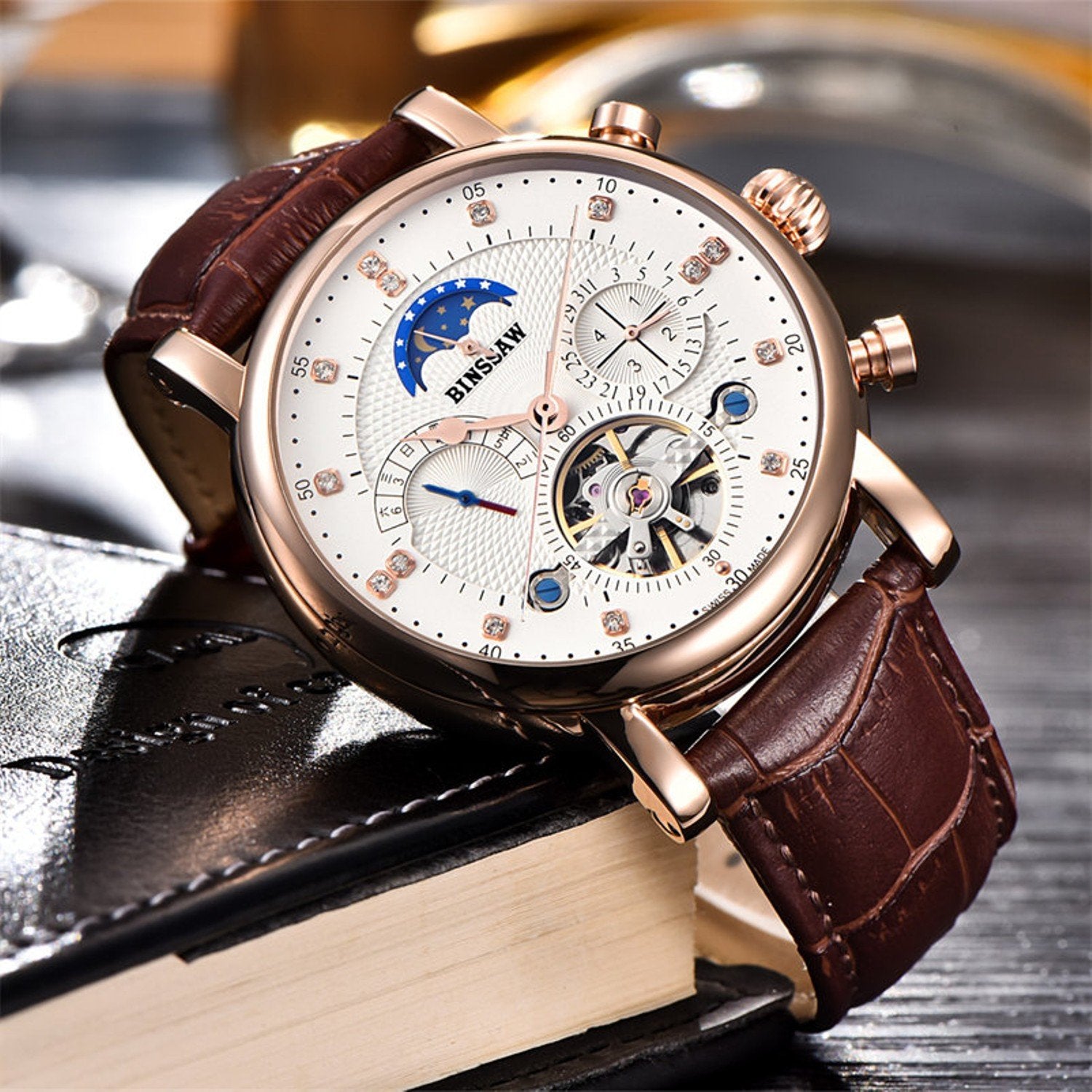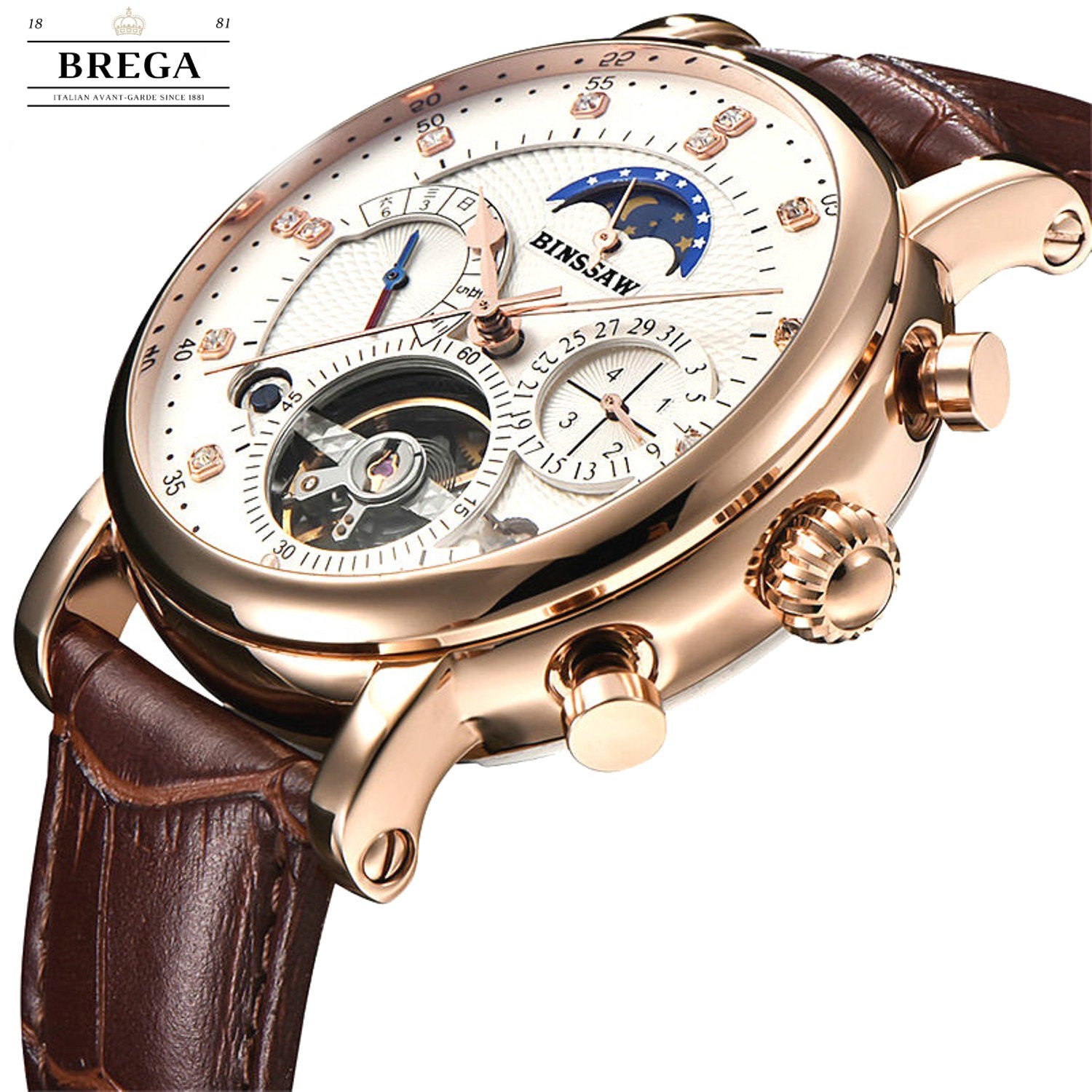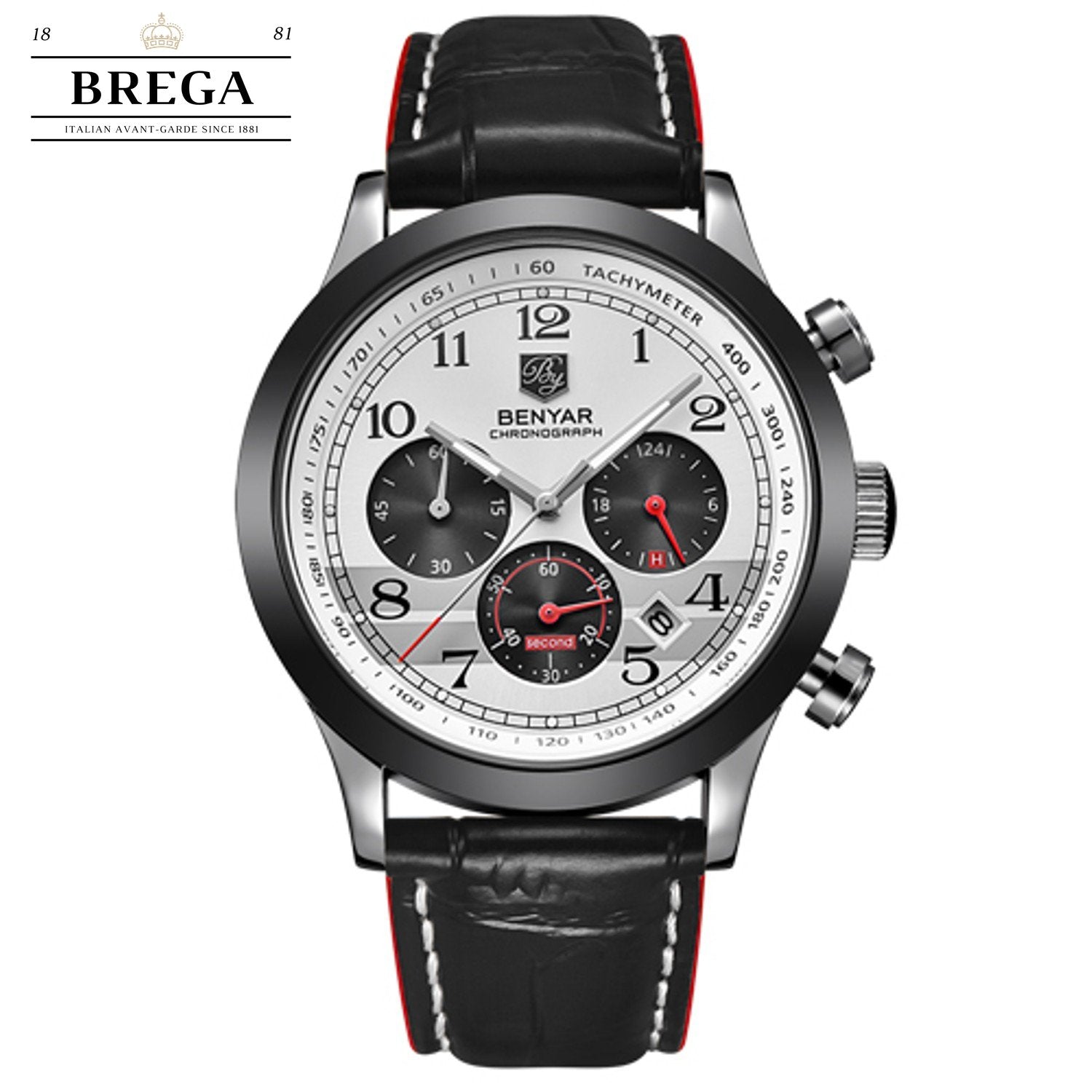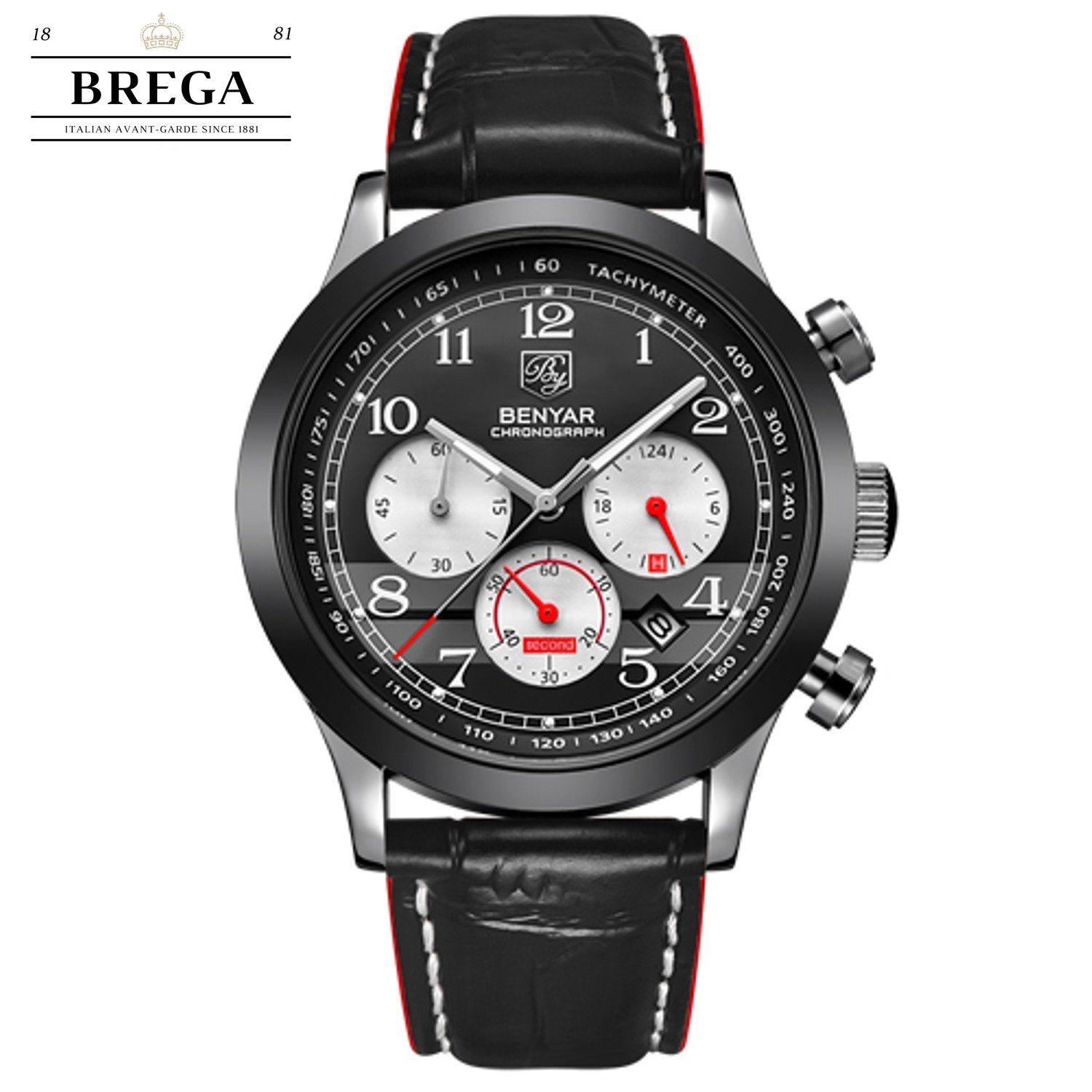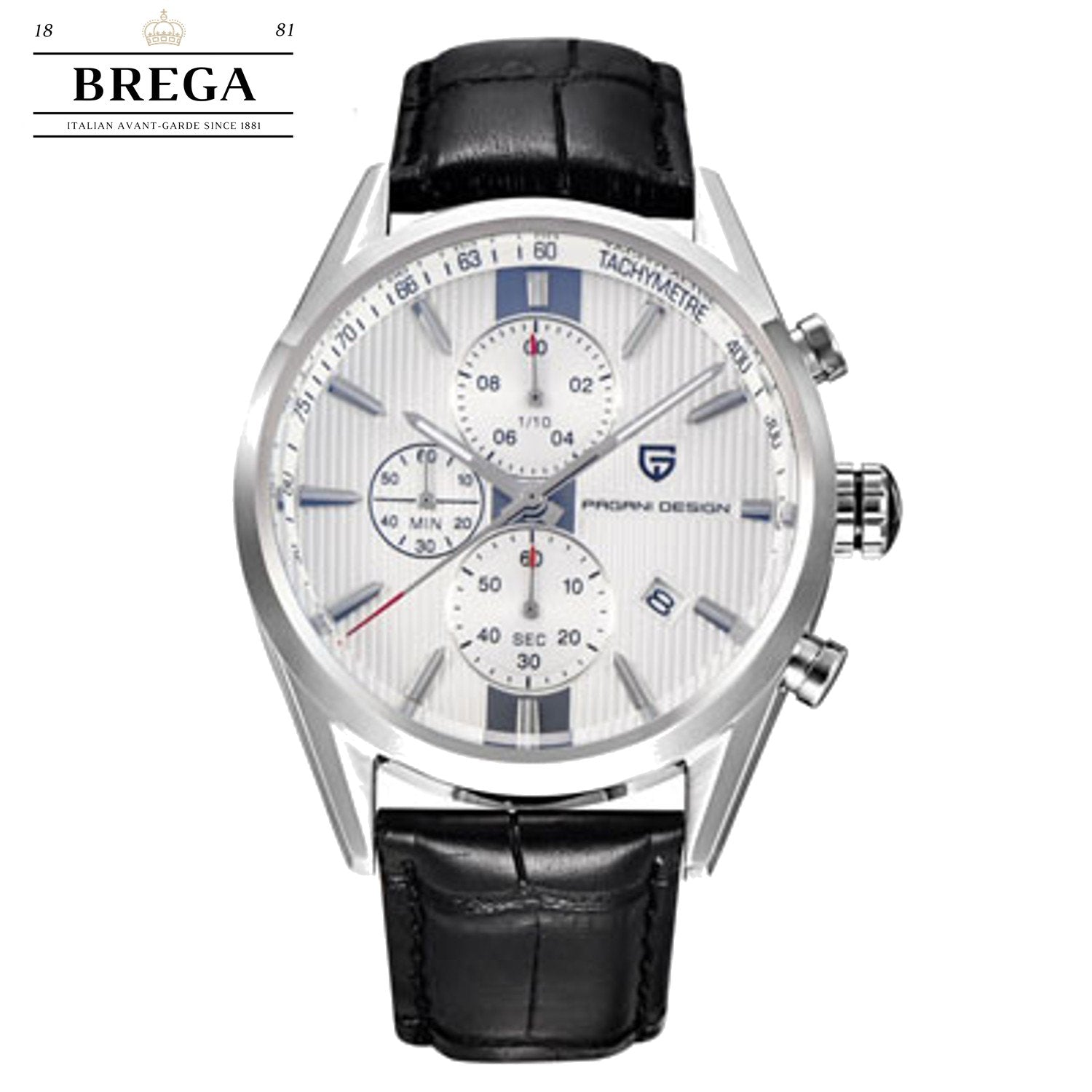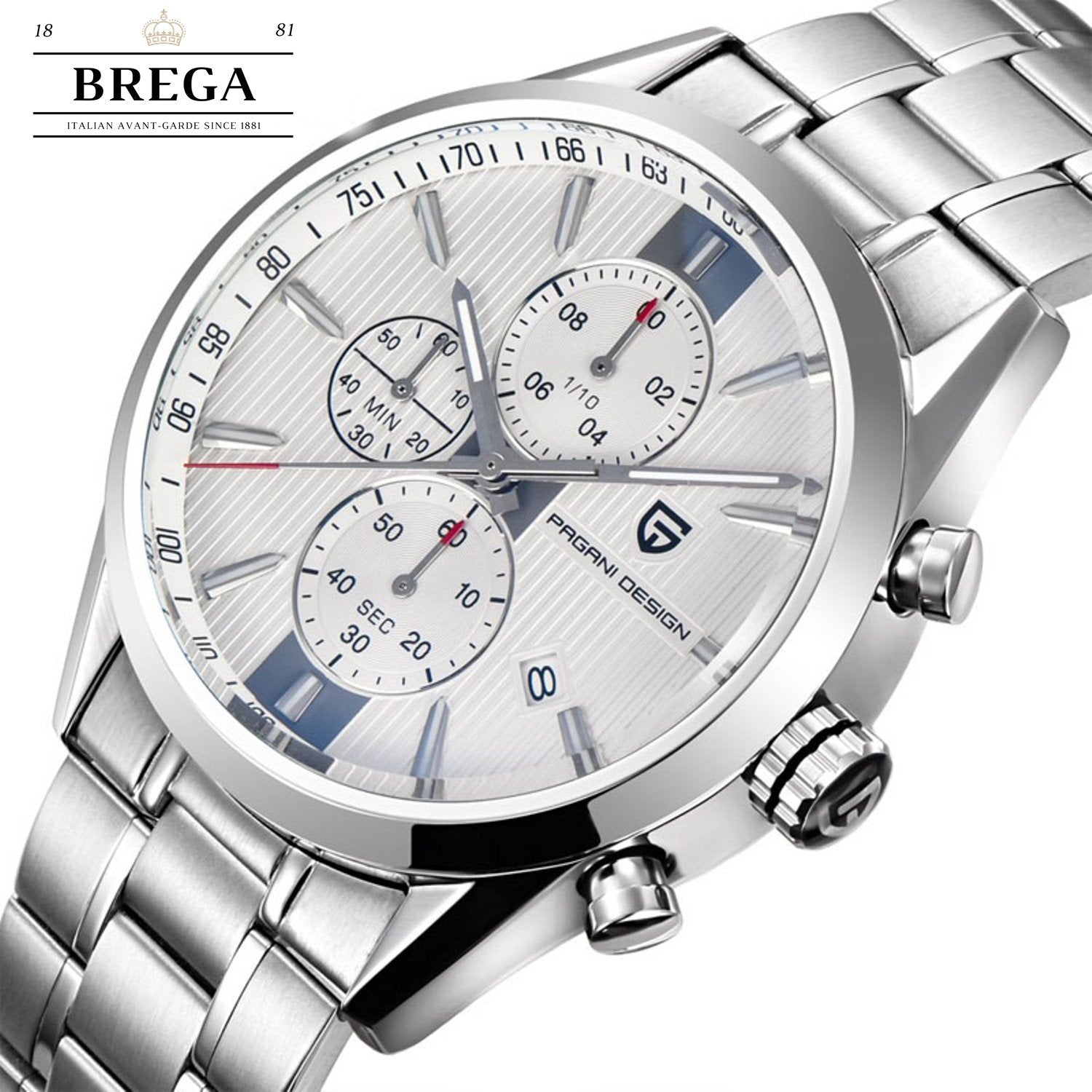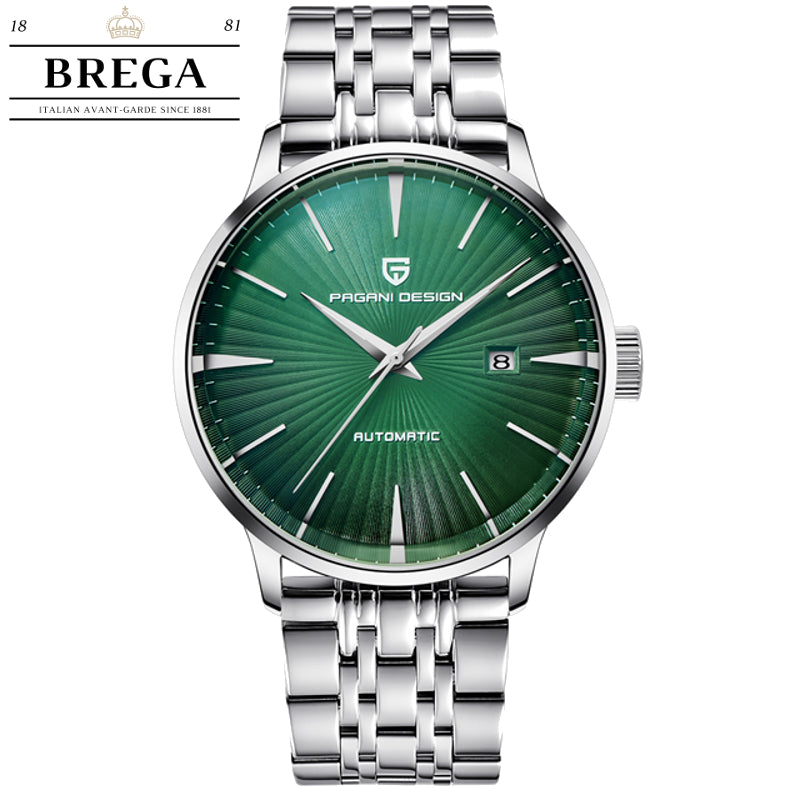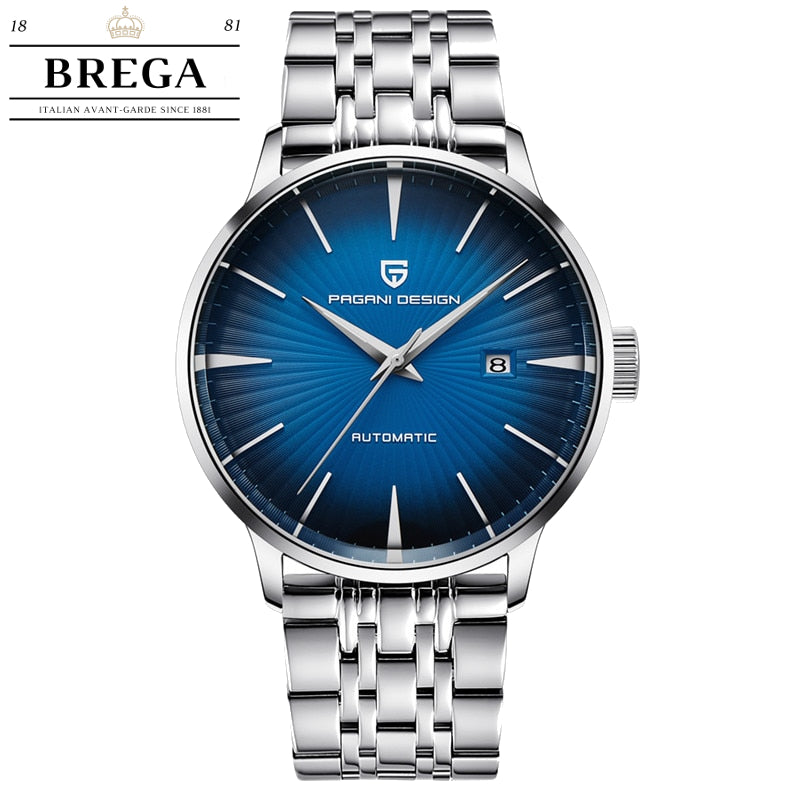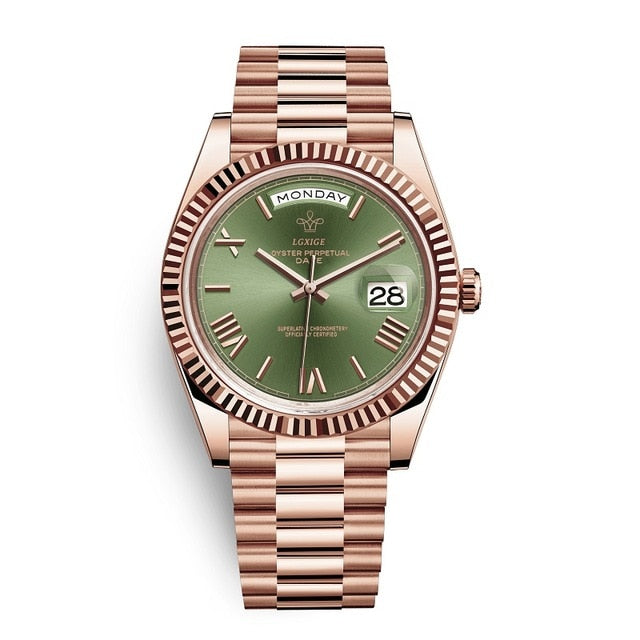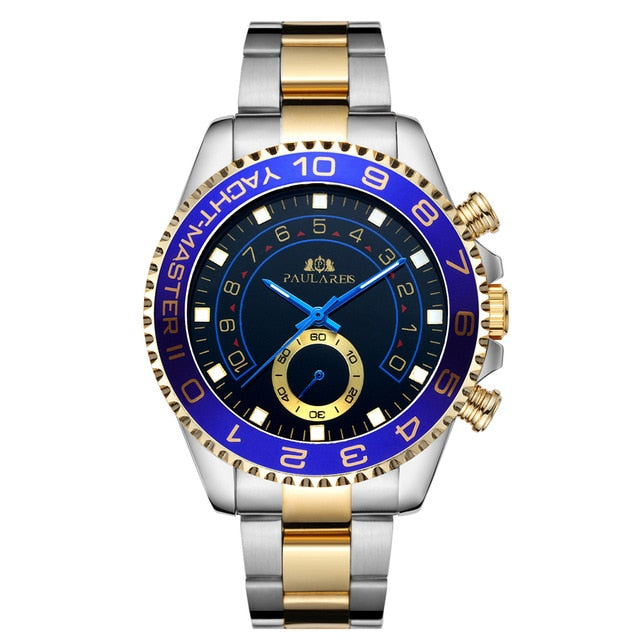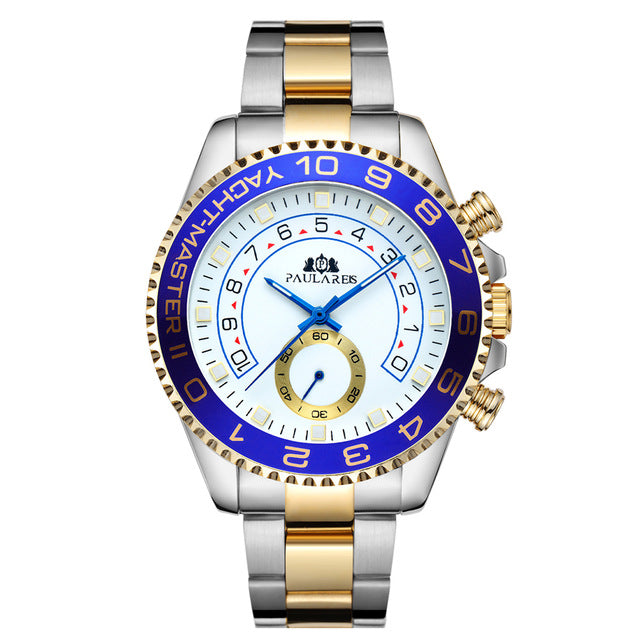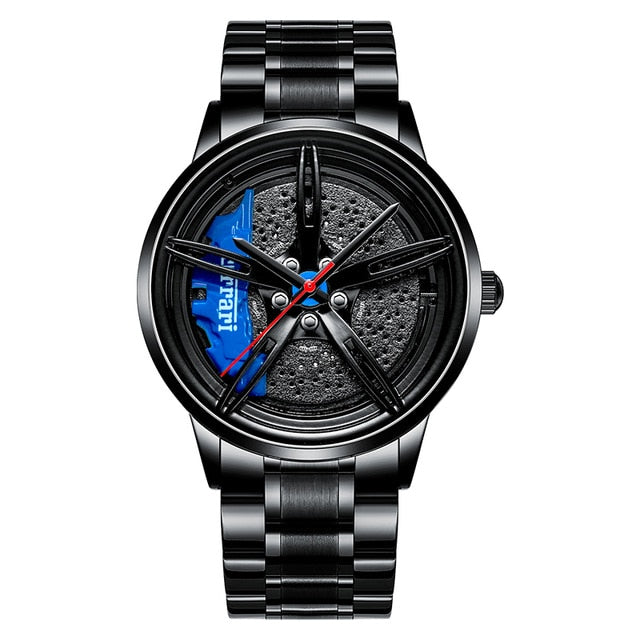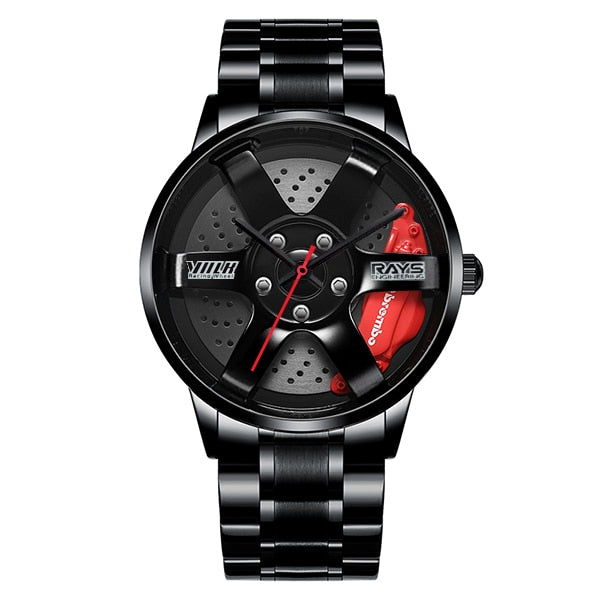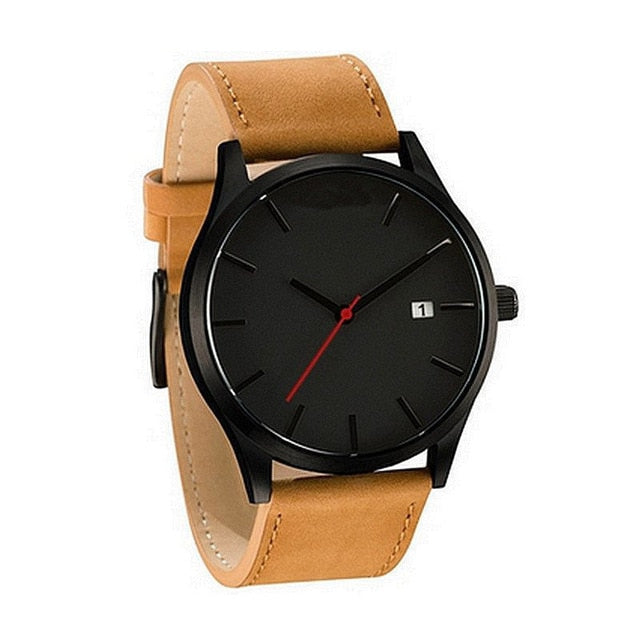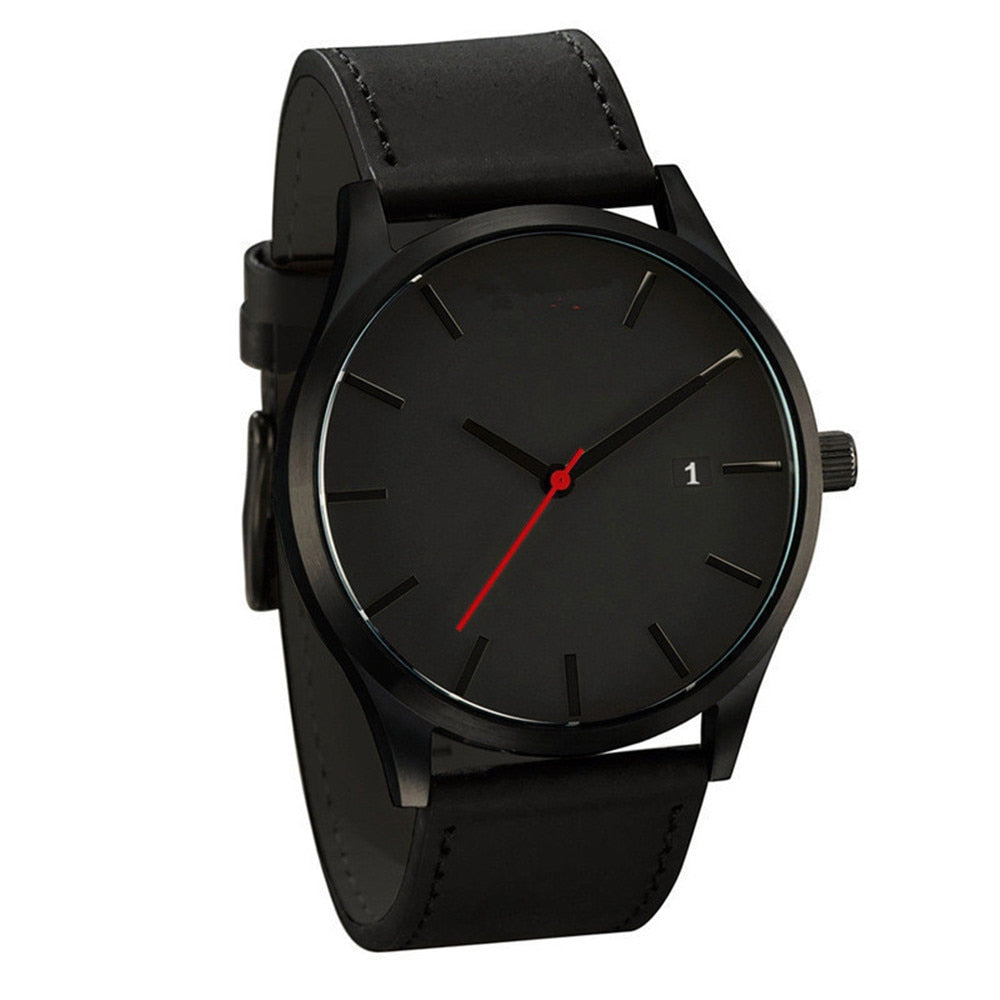
Your smart watch isn't the first technology to hit your wrist
All watches have bezels—the top ring that surrounds the crystal. Some snap on, some screw on, and some can be turned by hand. In the 1950s, watch companies found that the bezel was the perfect place to add functions without adding complications to the movement. Here's a roundup of the more common bezels and how they’re used.
ELAPSED TIME
Perhaps the simplest type of bezel tracks elapsed time. It's most commonly associated with dive watches since this is where it found its origins—the Rolex Submariner and Blancpain Fifty Fathoms of the early '50s introduced them. In the days before digital dive computers, a diver would track their time underwater by setting the zero marker (typically a luminous arrow) to line up with the minute hand. As the dive progressed, the elapsed time could be read easily on the outer ring, up to one hour. Most dive bezels now ratchet in half- or one-minute increments and move counterclockwise only. This is so that if the bezel is accidentally bumped, it will only shorten the dive, so the diver won’t think he can stay longer than he should and risk decompression sickness.
COUNTDOWN TIME
Similar to the elapsed time bezel is the countdown time bezel. Instead of time increments going from zero to 60 minutes, they go from 60 minutes to zero. This can be useful for pilots or military or police operations where synchronization is key and knowing when it’s time to go is critical. Set the desired time to match the minute hand and when it reaches zero, you’d better be on the move.
SECOND (OR THIRD) TIME ZONE
The so-called “GMT” bezel is so-named because this style is used to track a second time zone, traditionally Greenwich Mean Time. In the 1950s, jet travel was becoming more common, and Pan Am Airlines asked Rolex to build them a watch for its transatlantic pilots—one that could track both local time and GMT. The resulting watch, the GMT-Master, was the result. Although the standard hour hand was used for local time, an additional 24-hour hand lined up with the hour indicated on the rotating bezel, which could be turned to set the appropriate second time zone.

